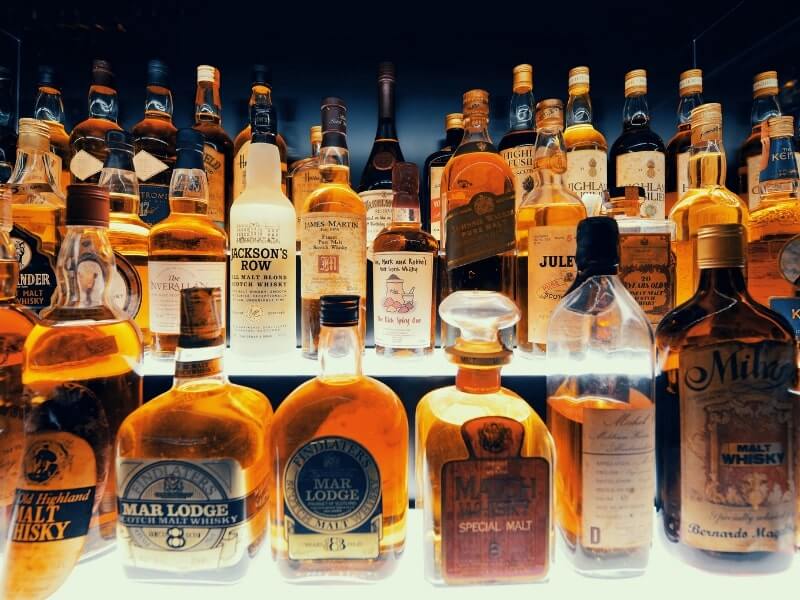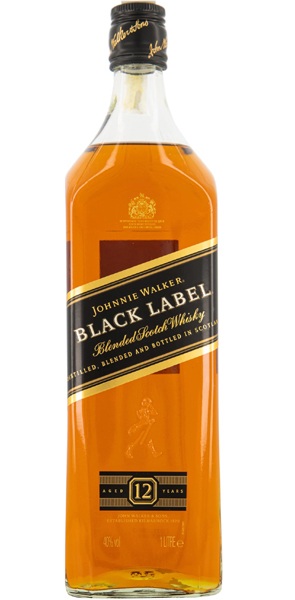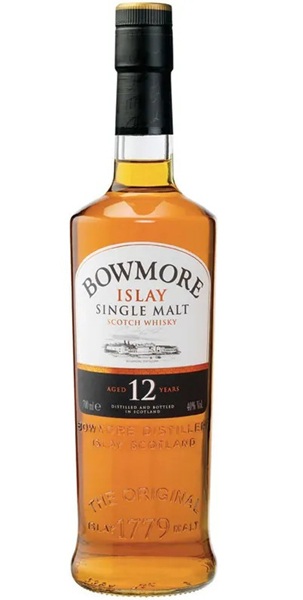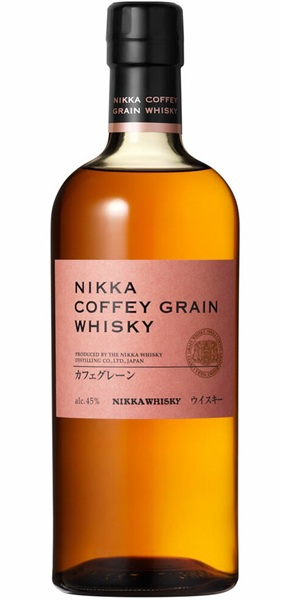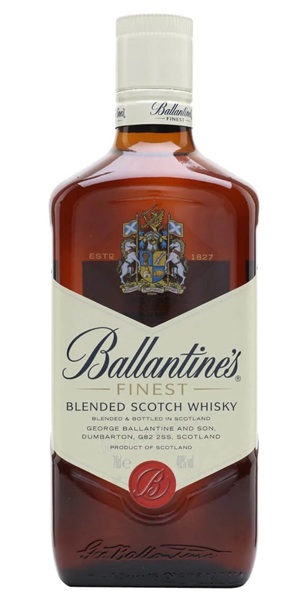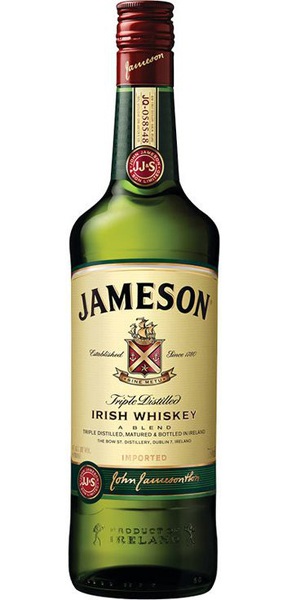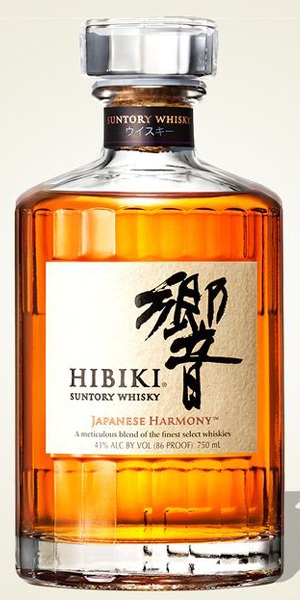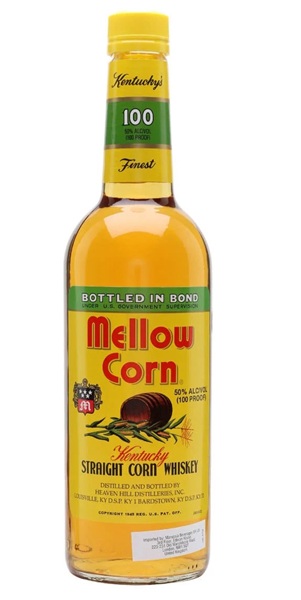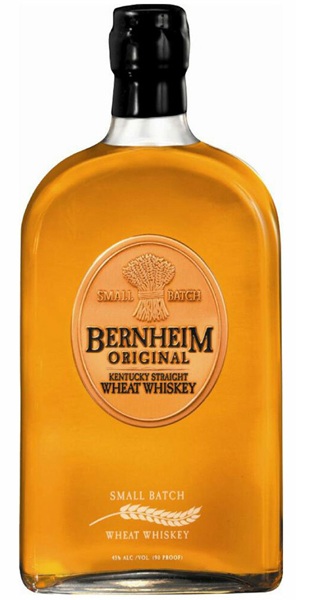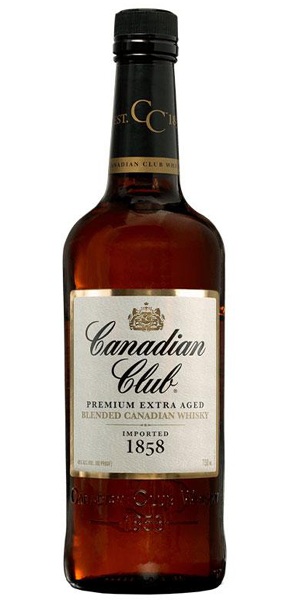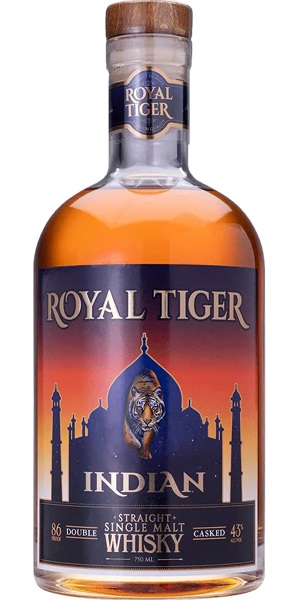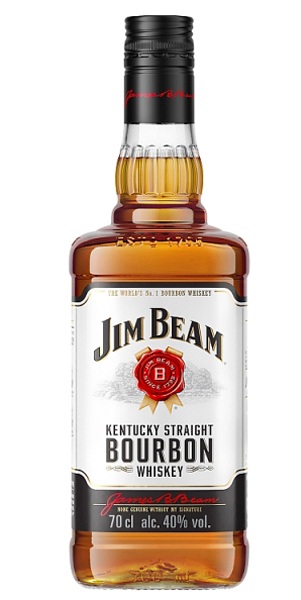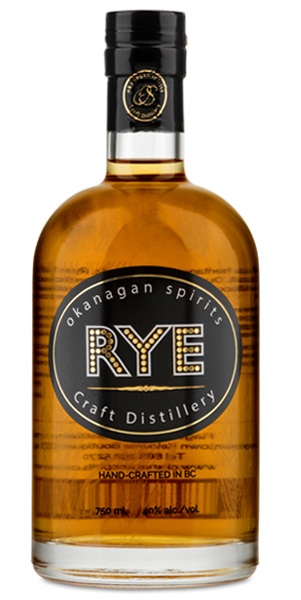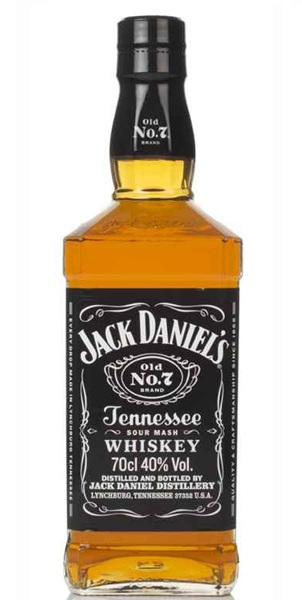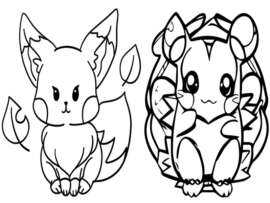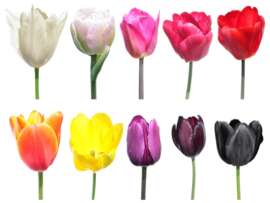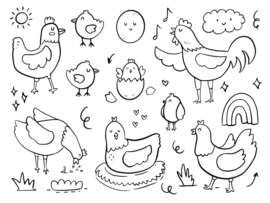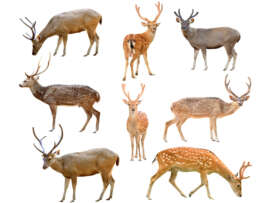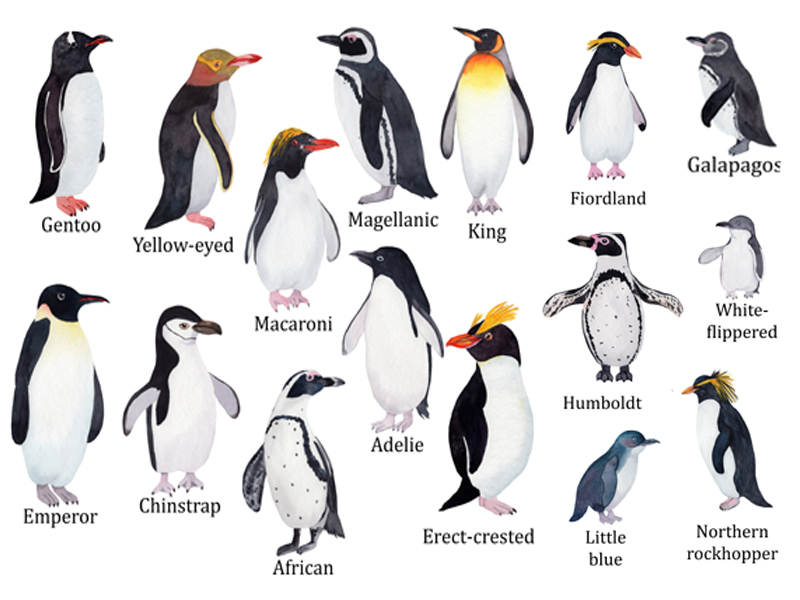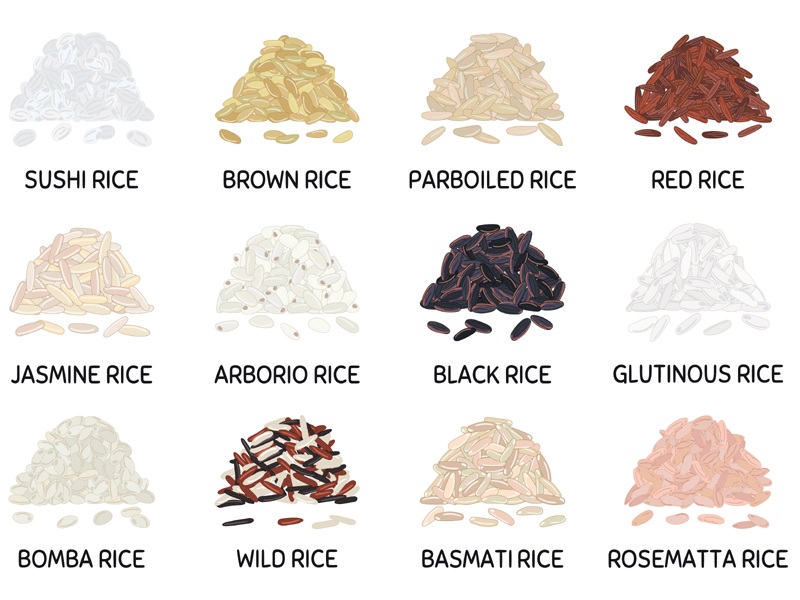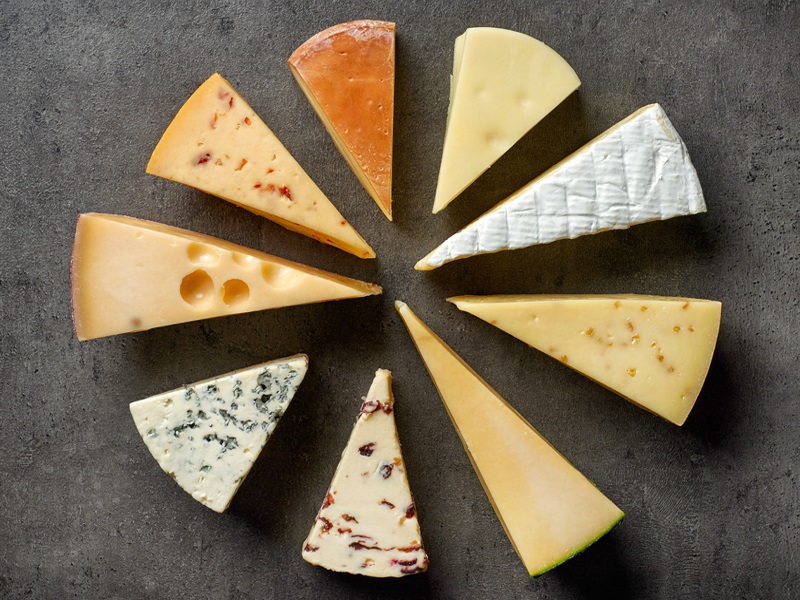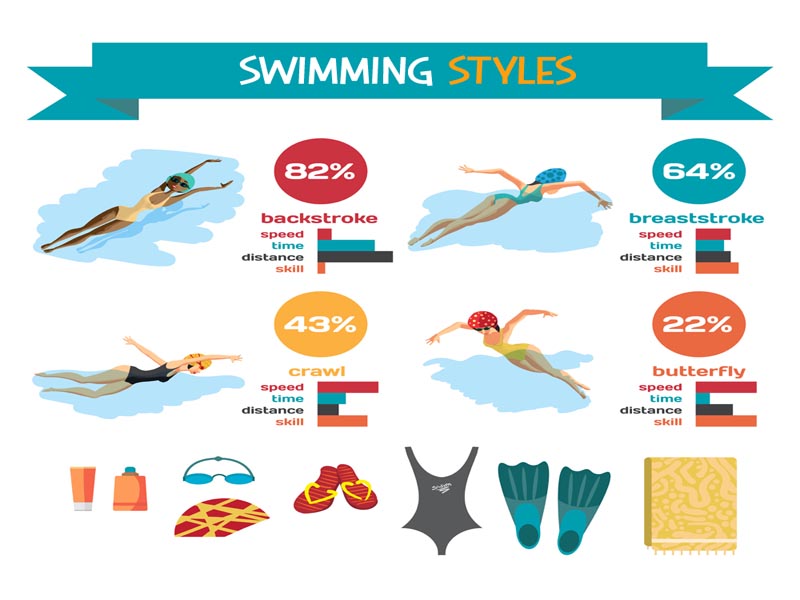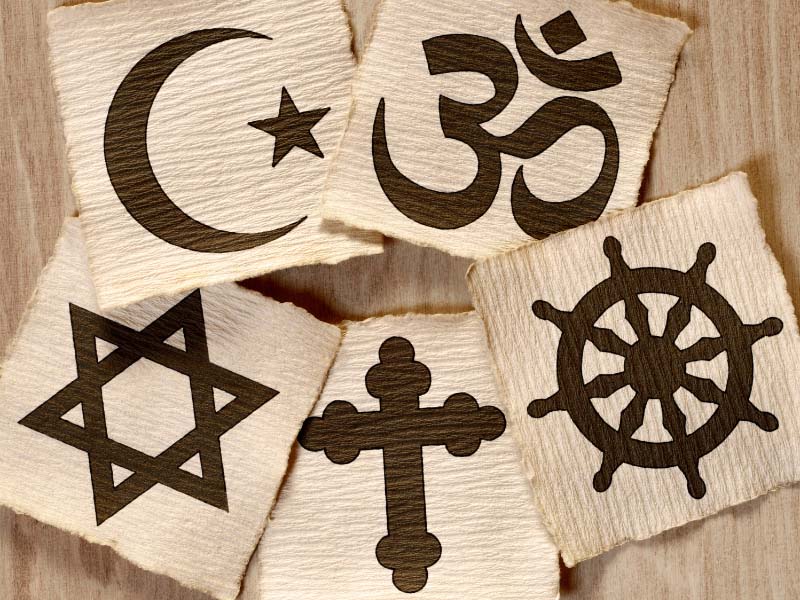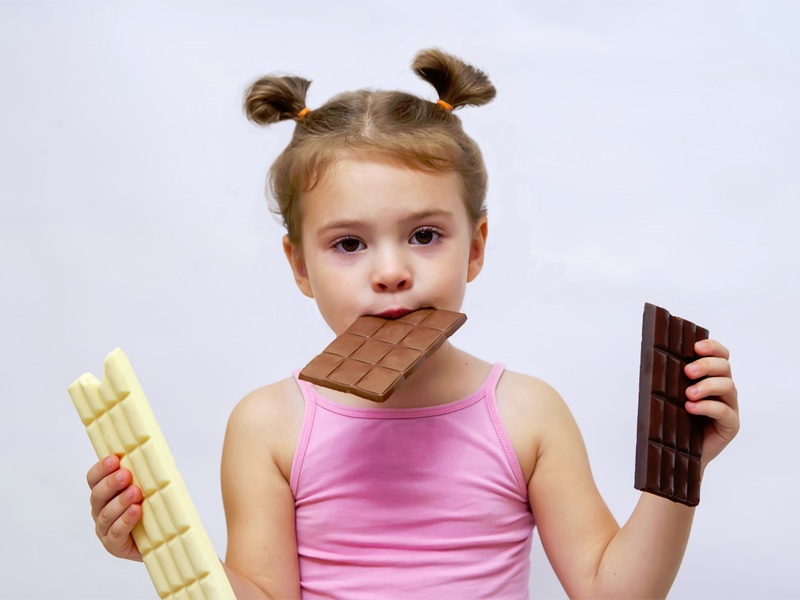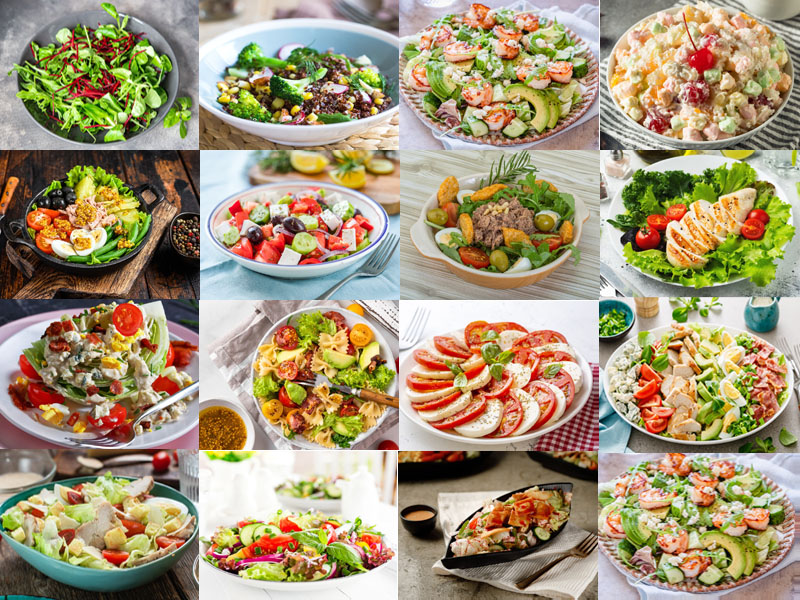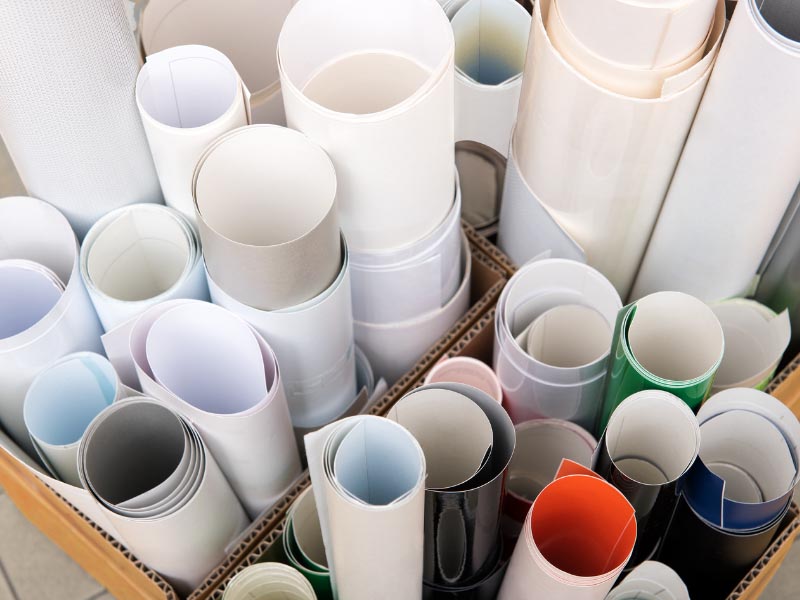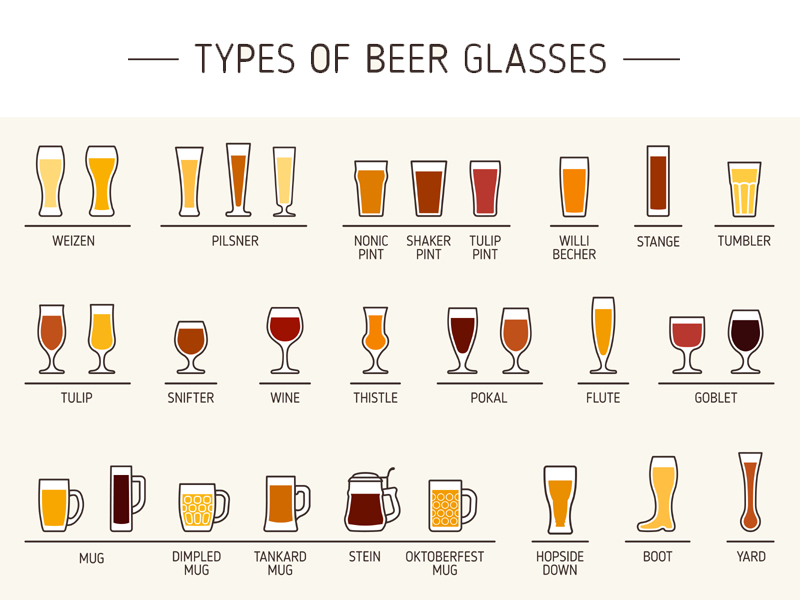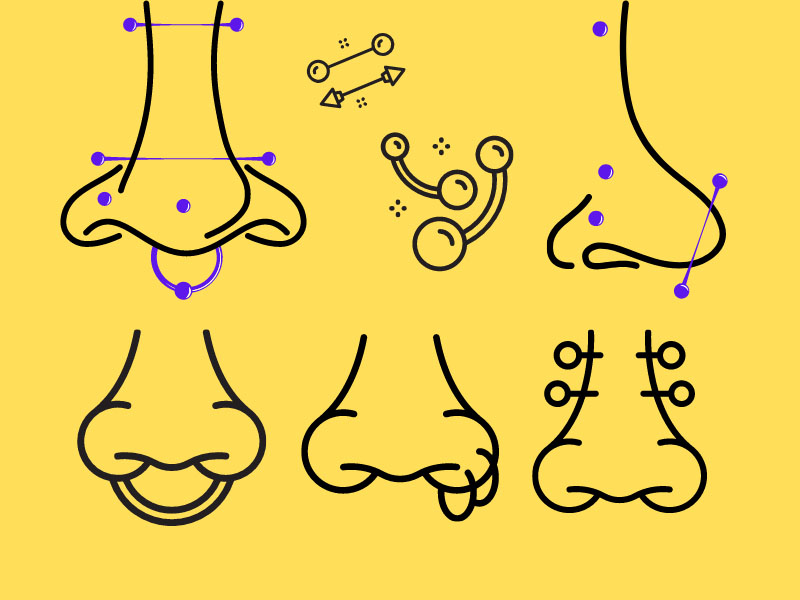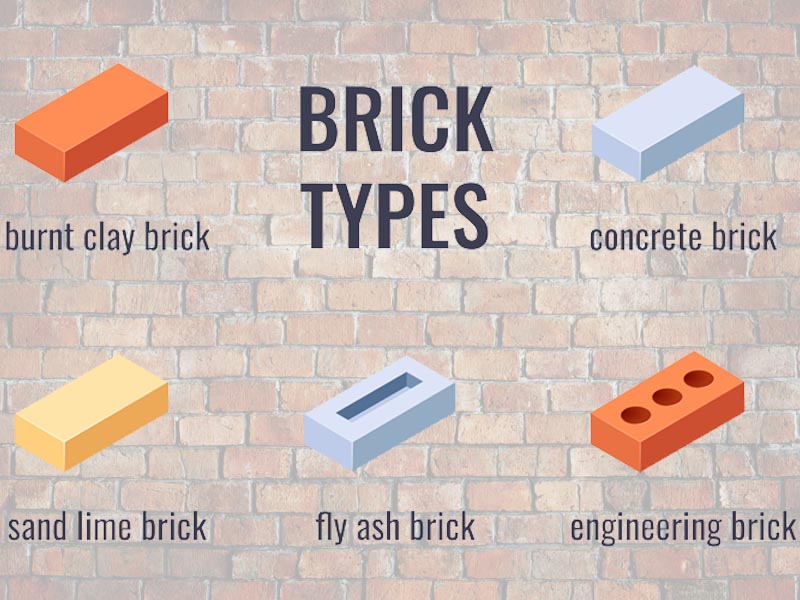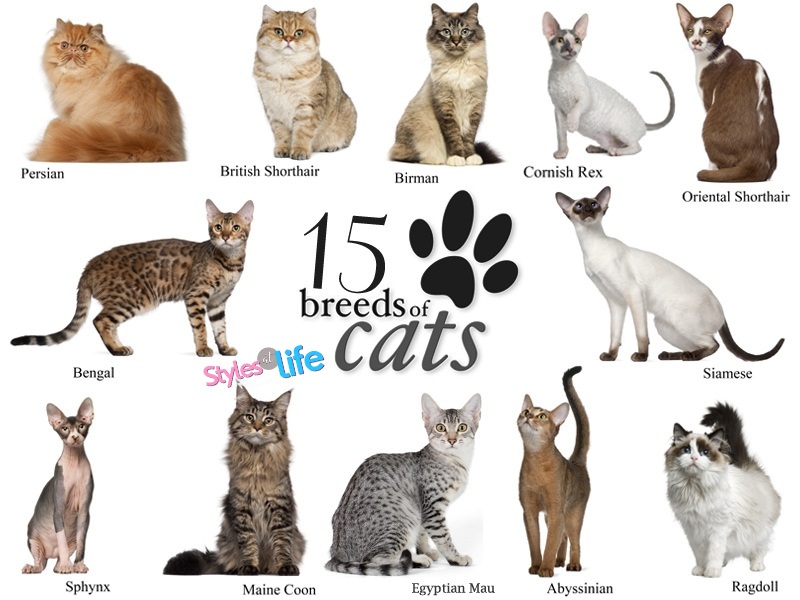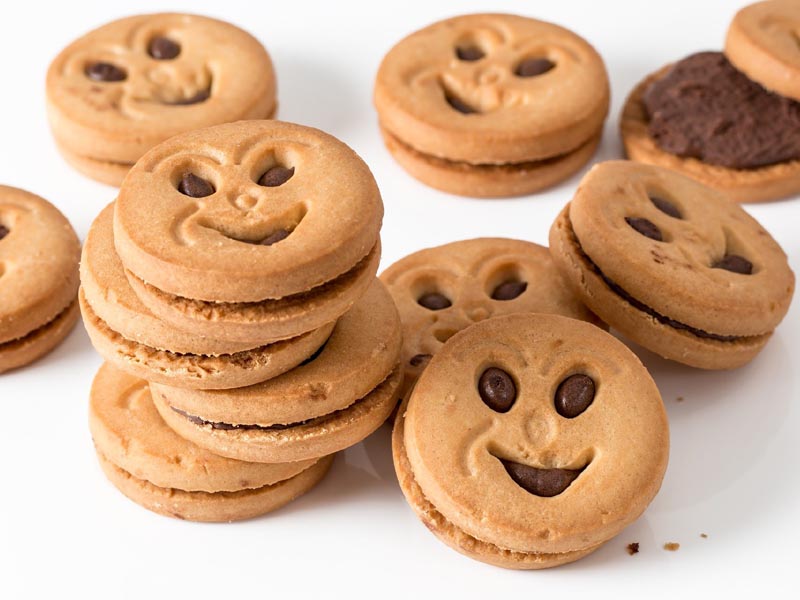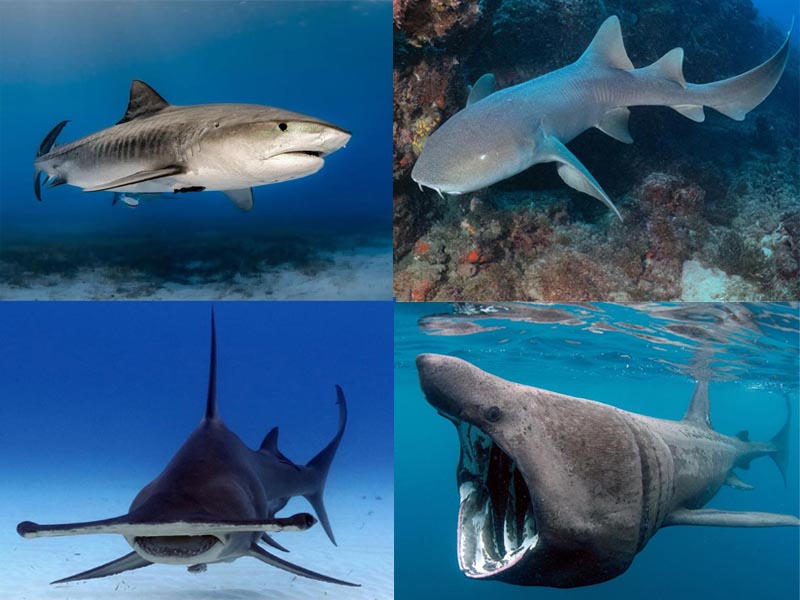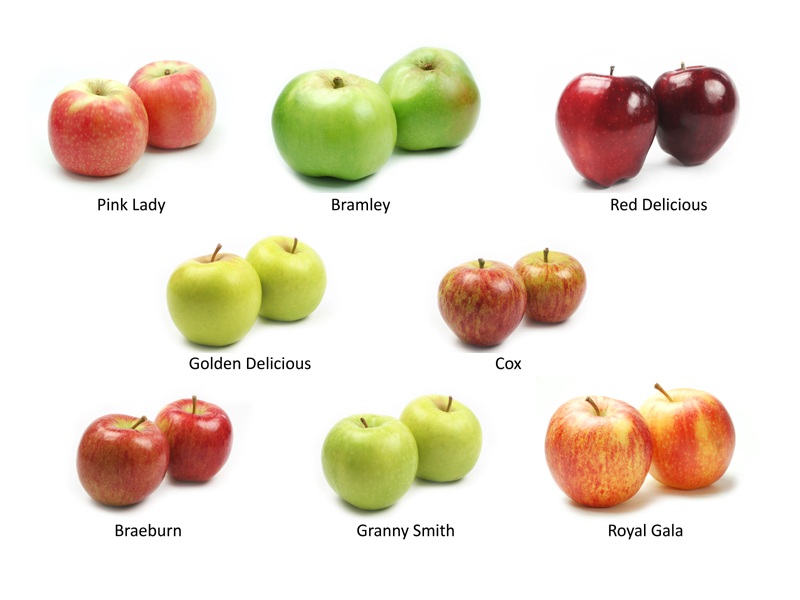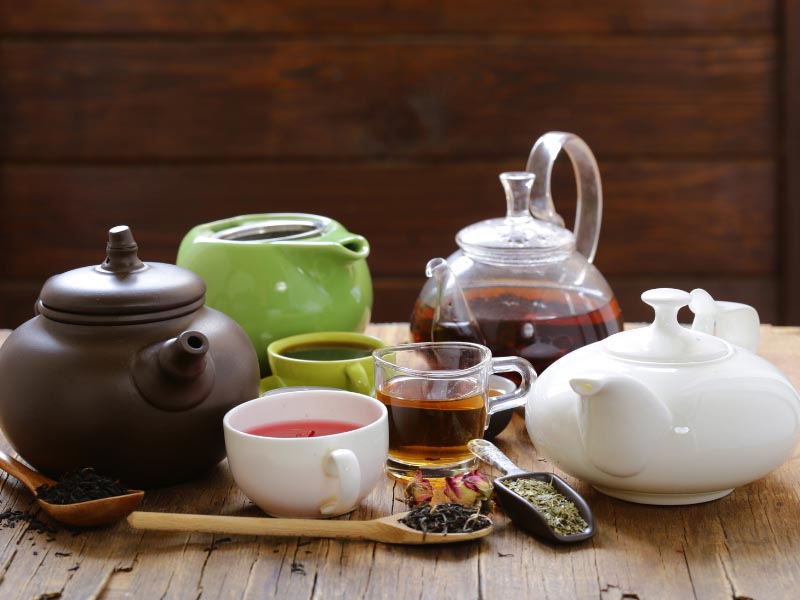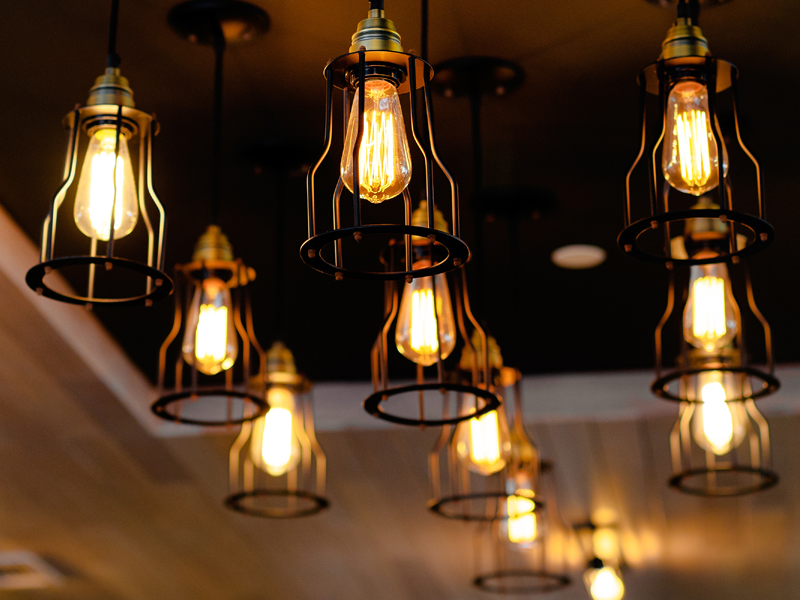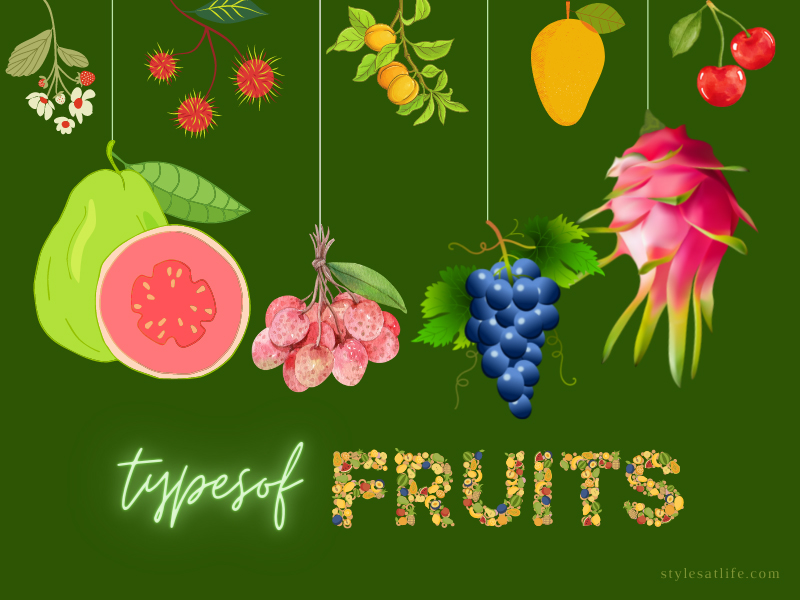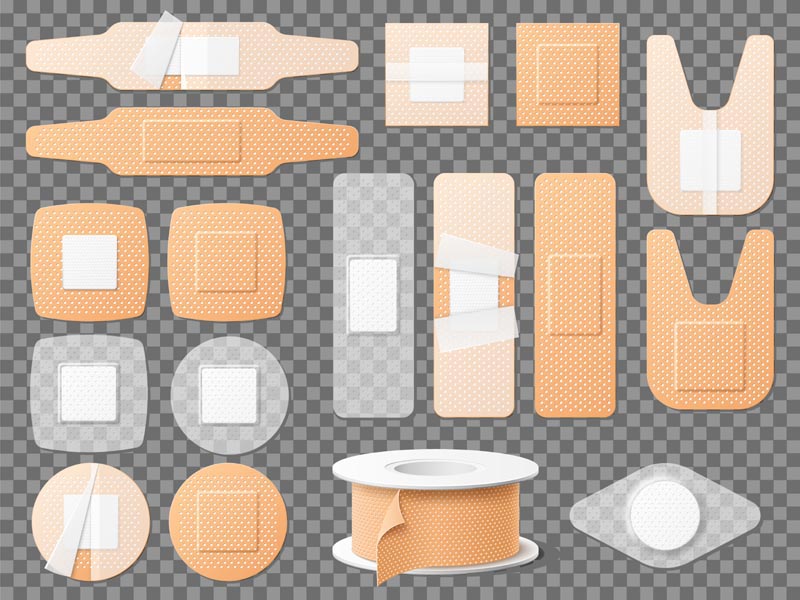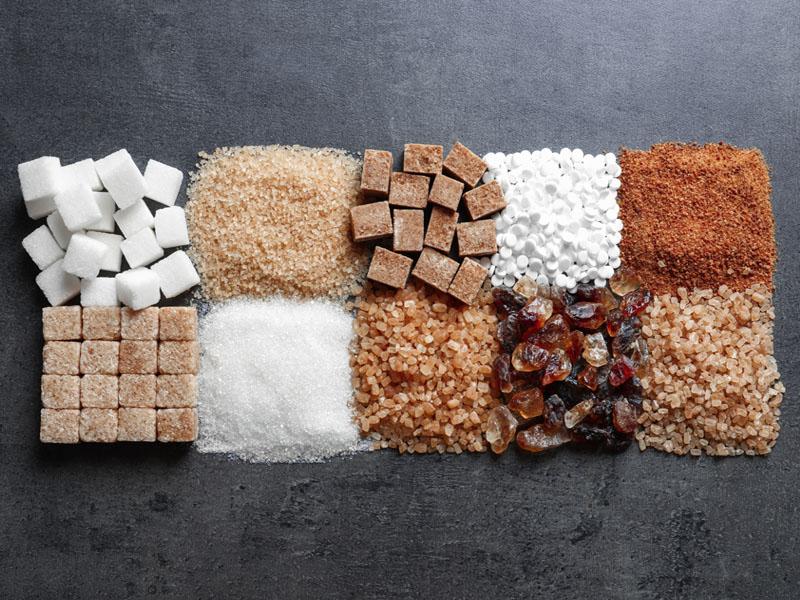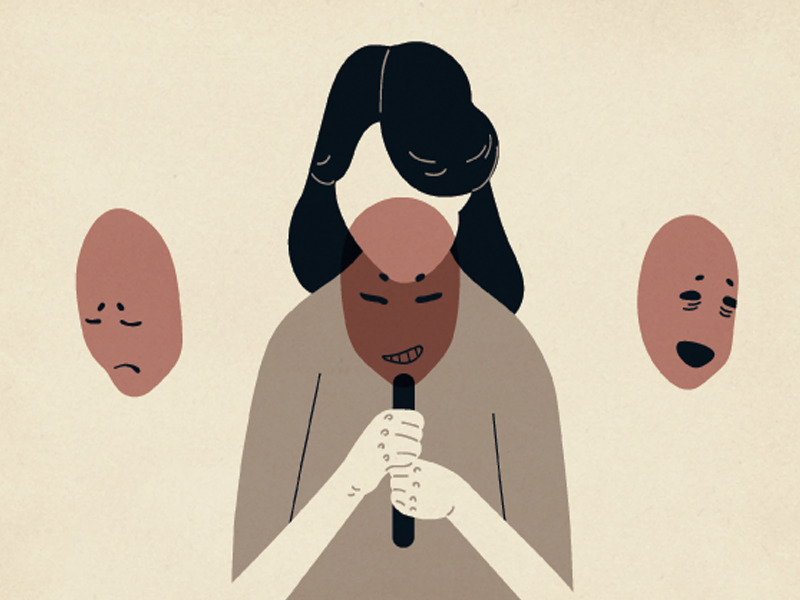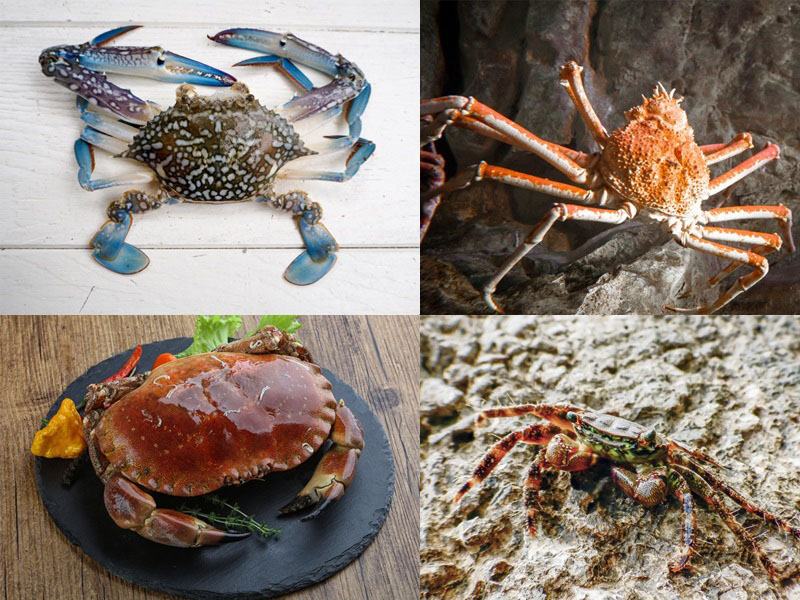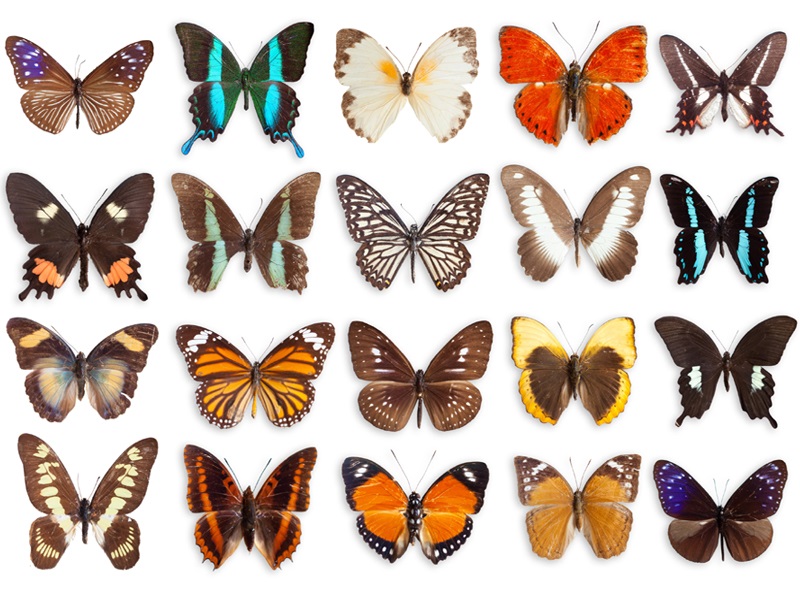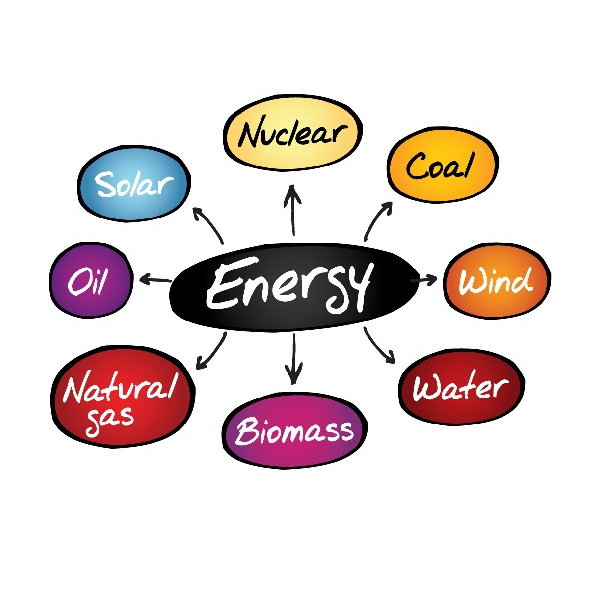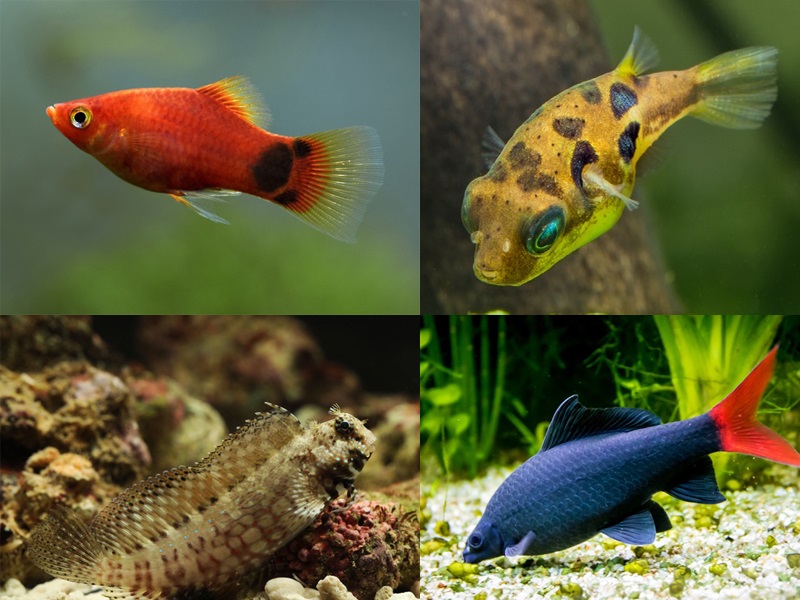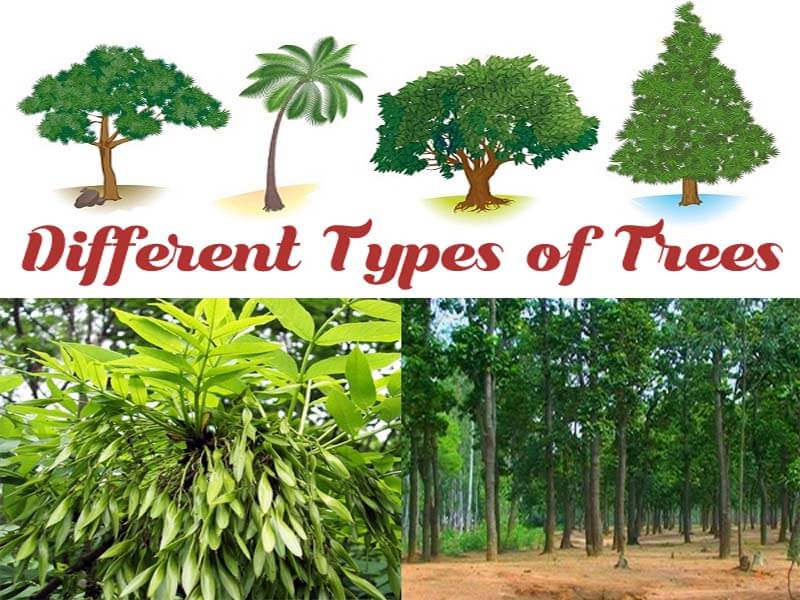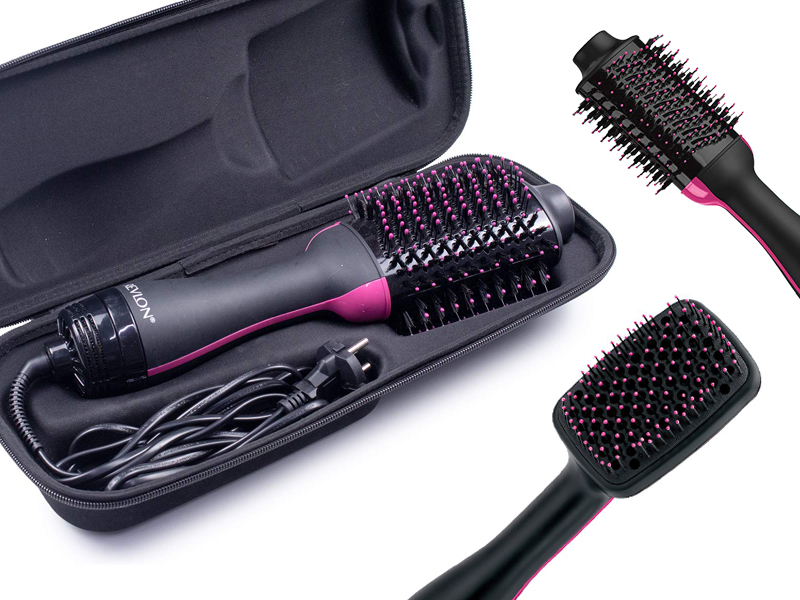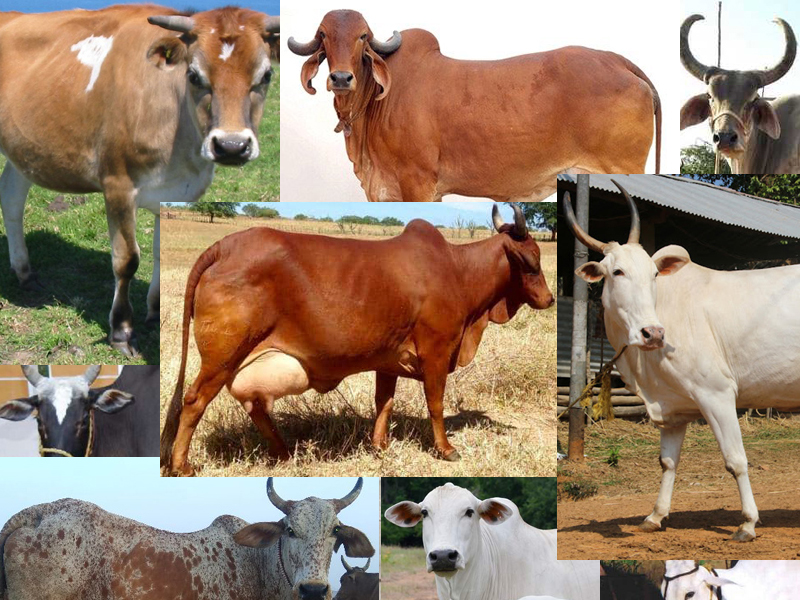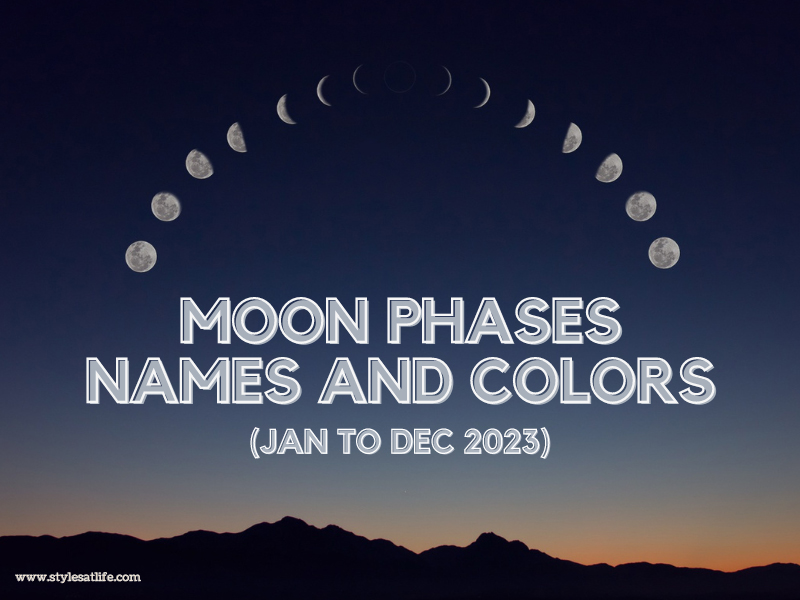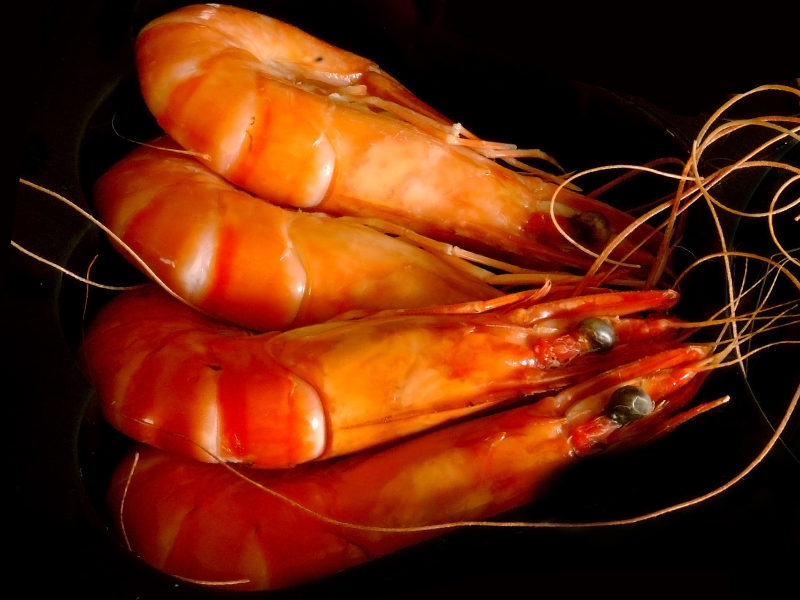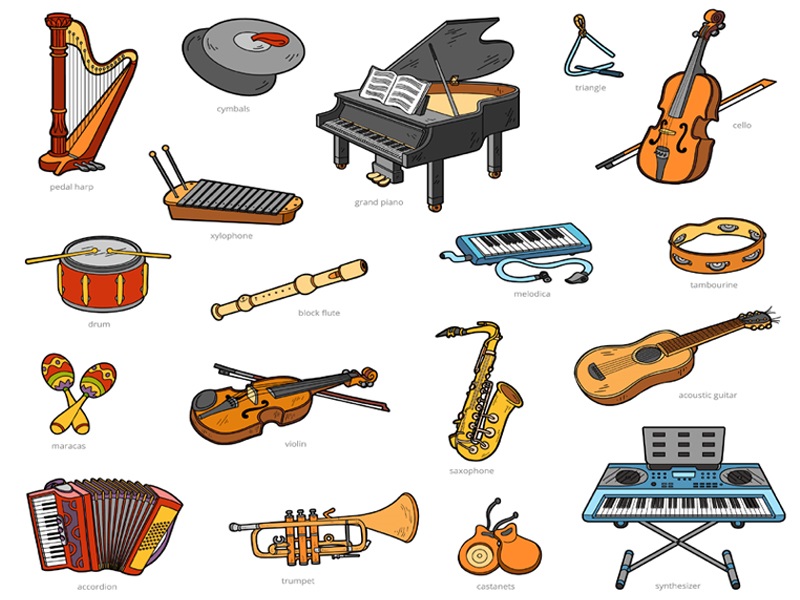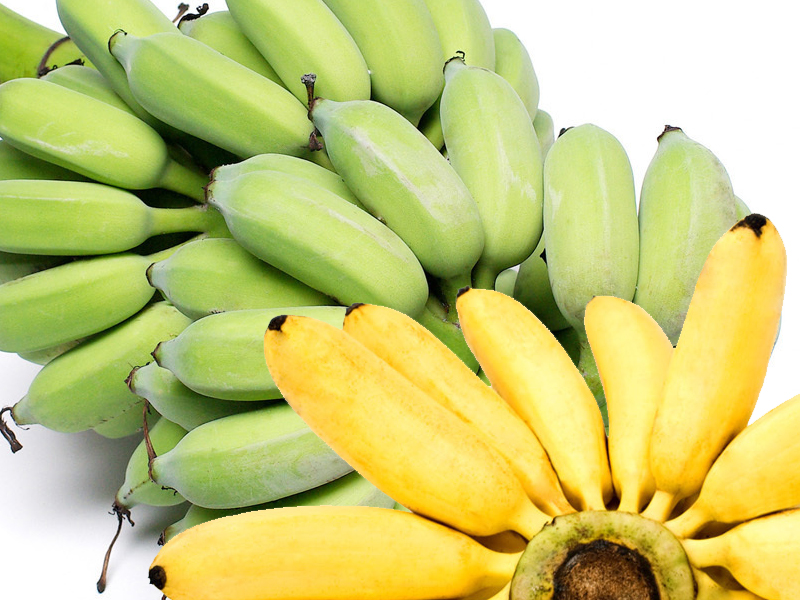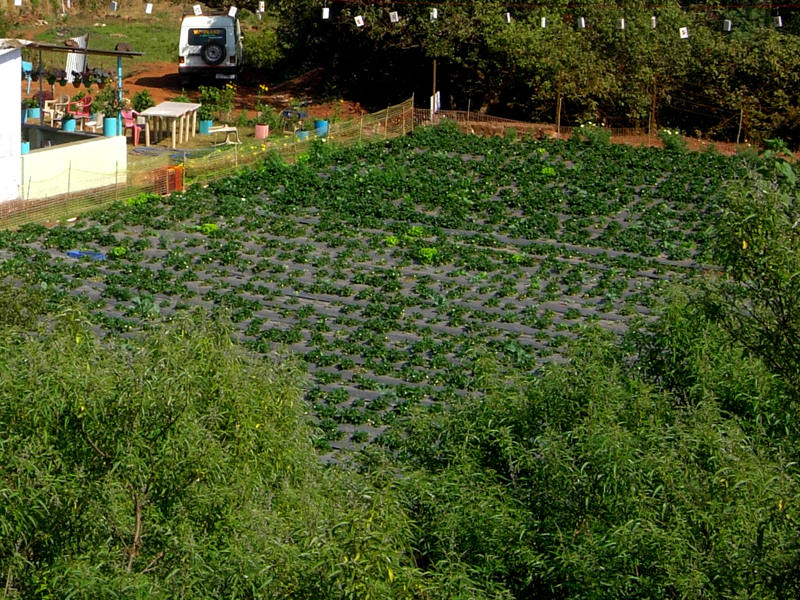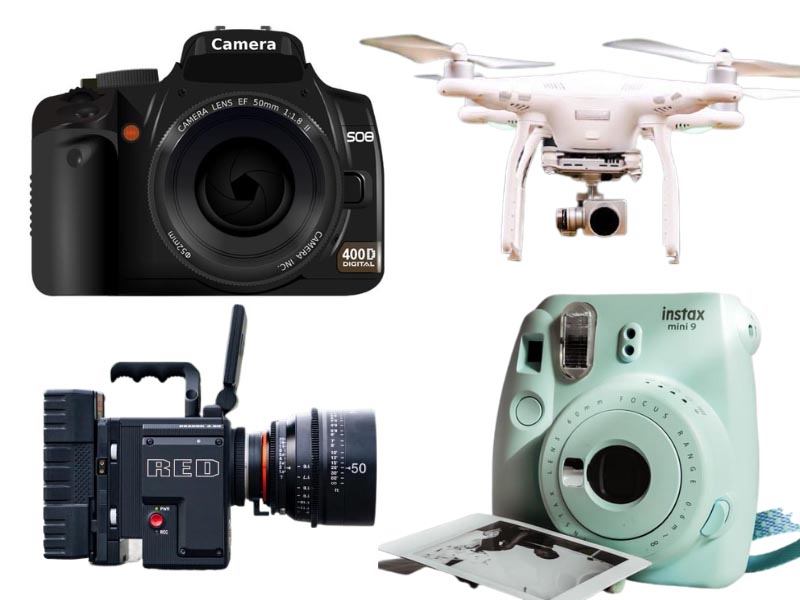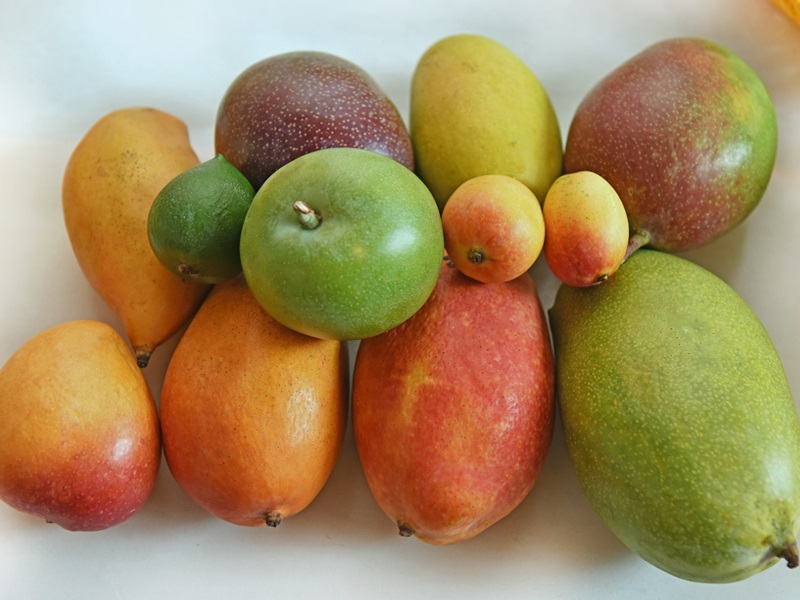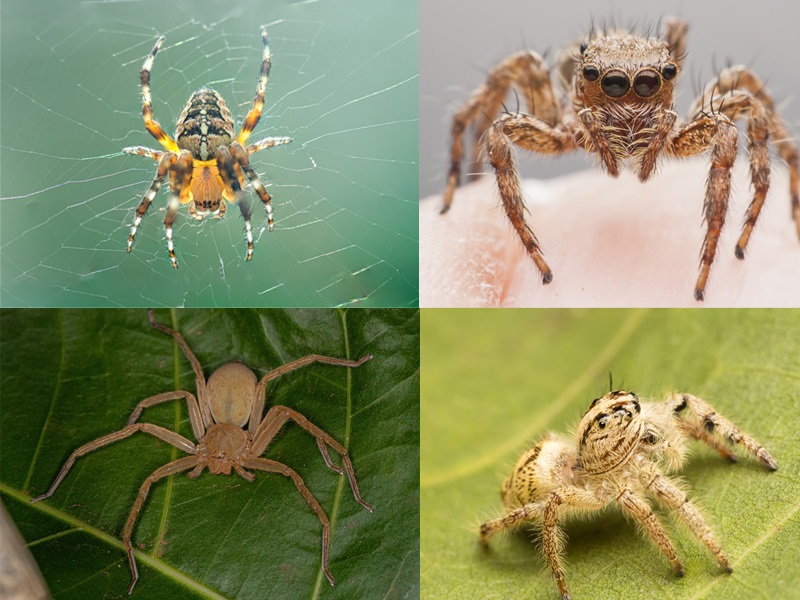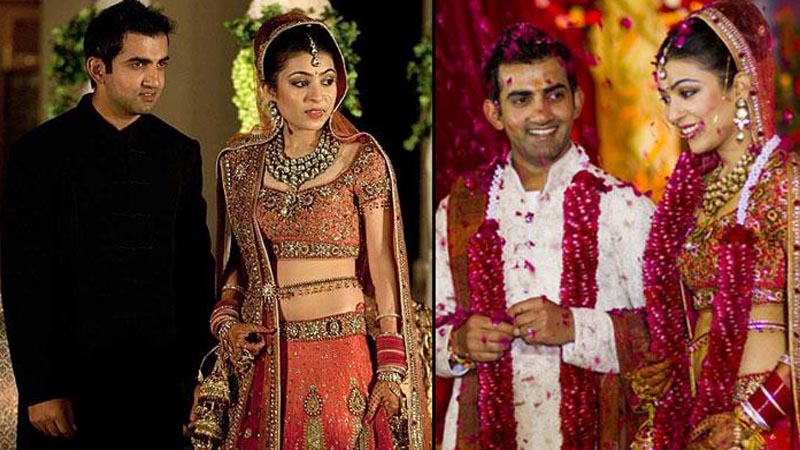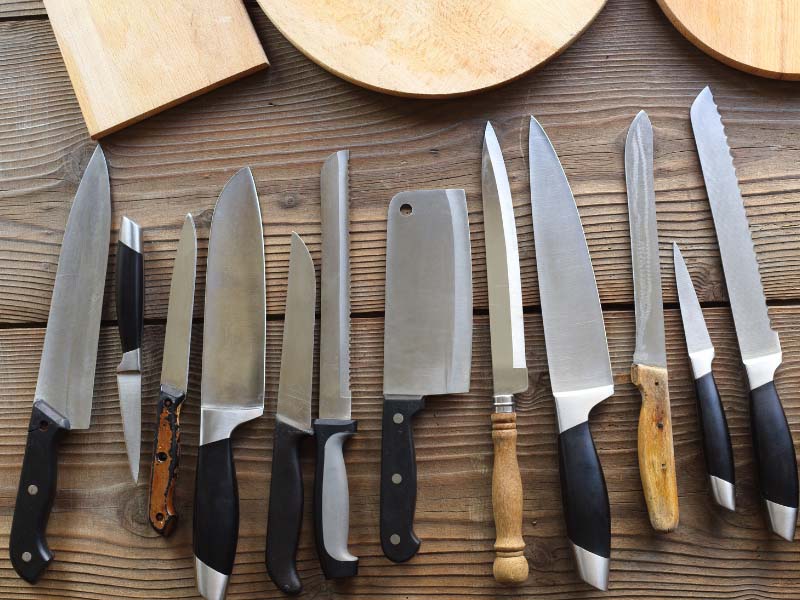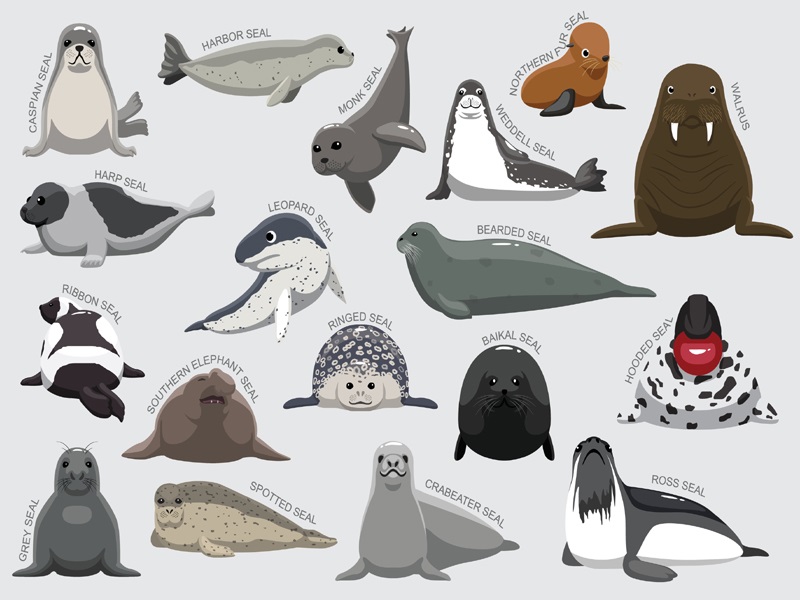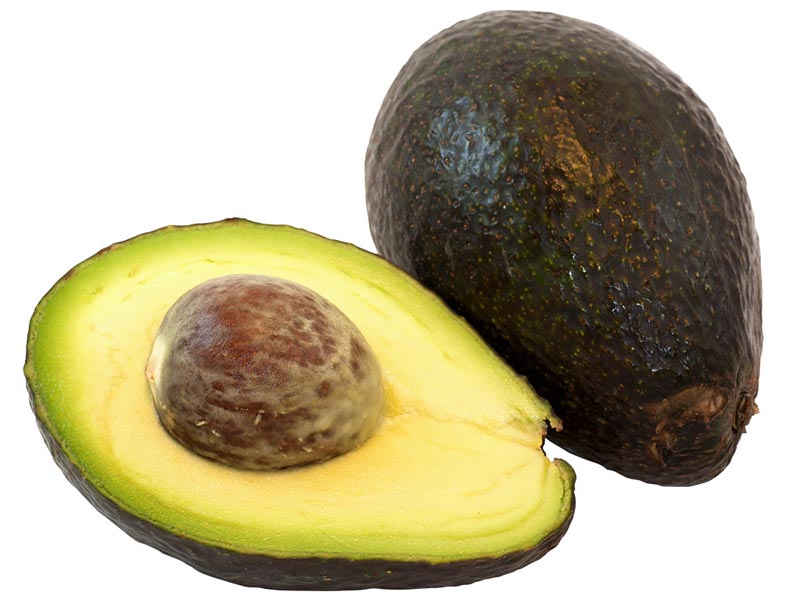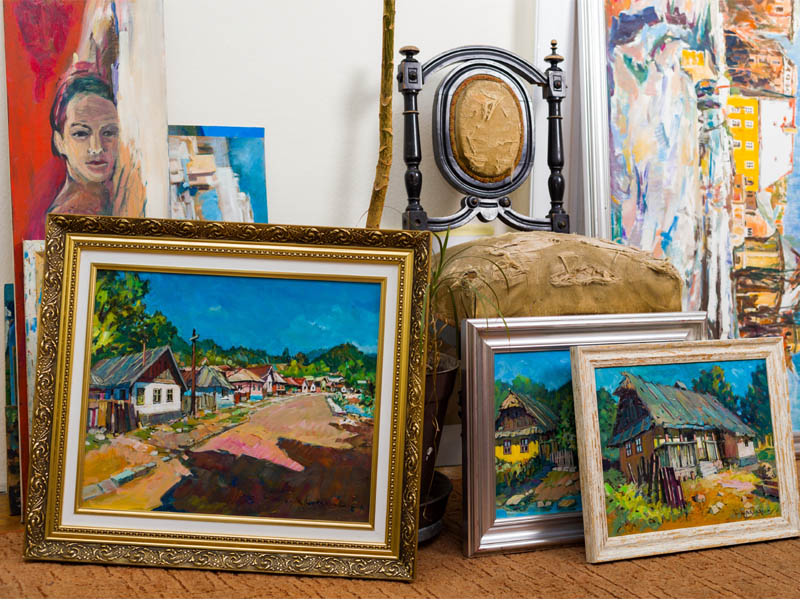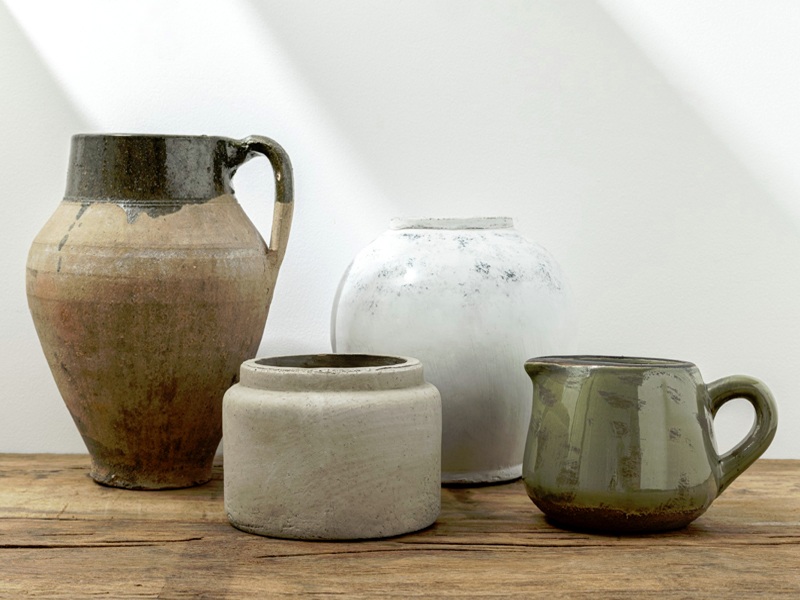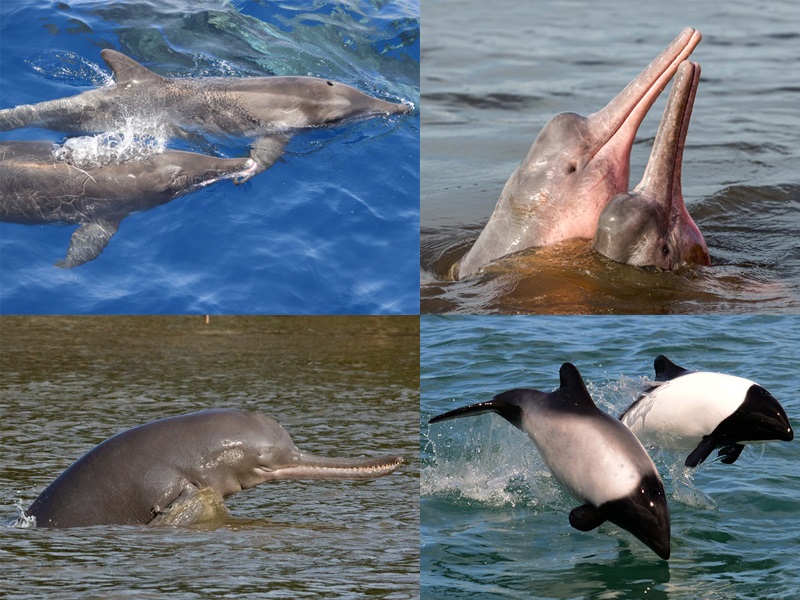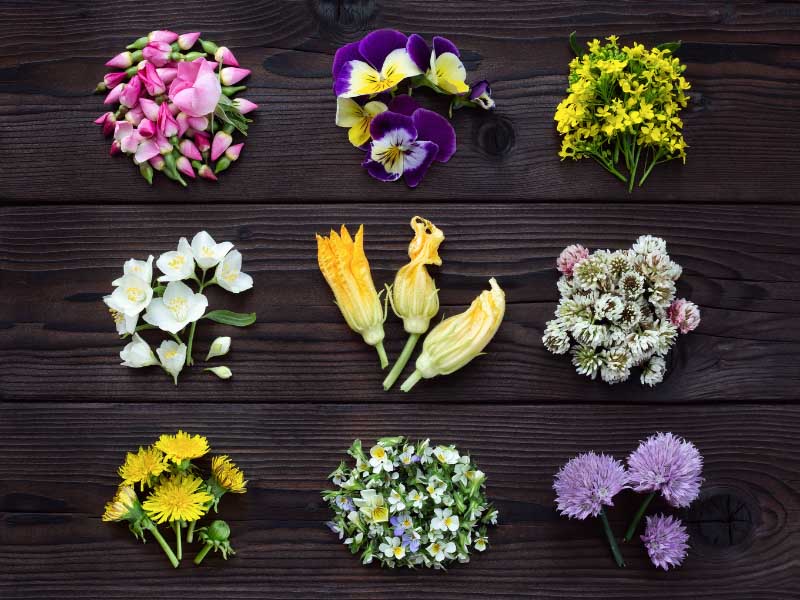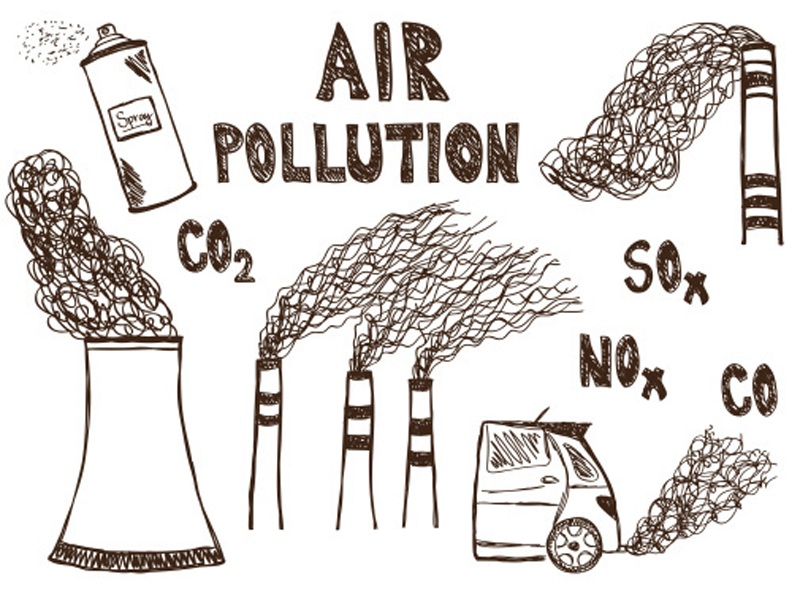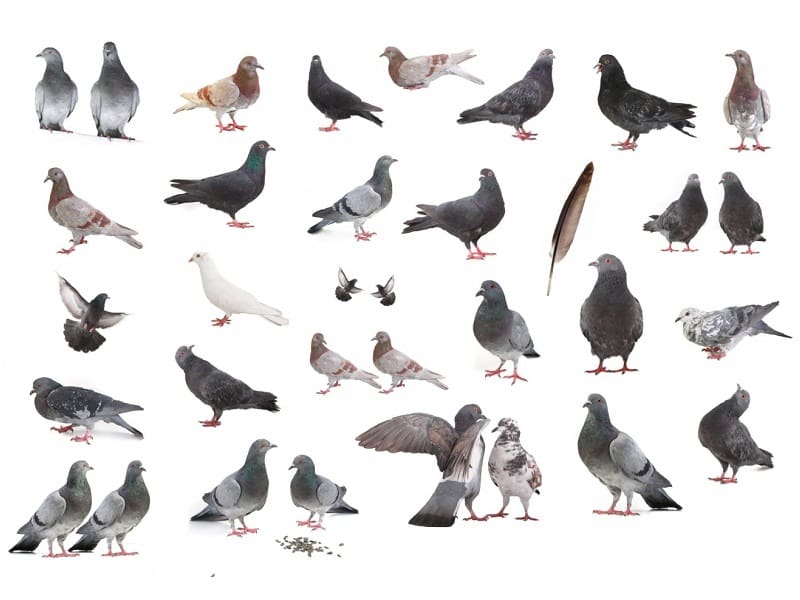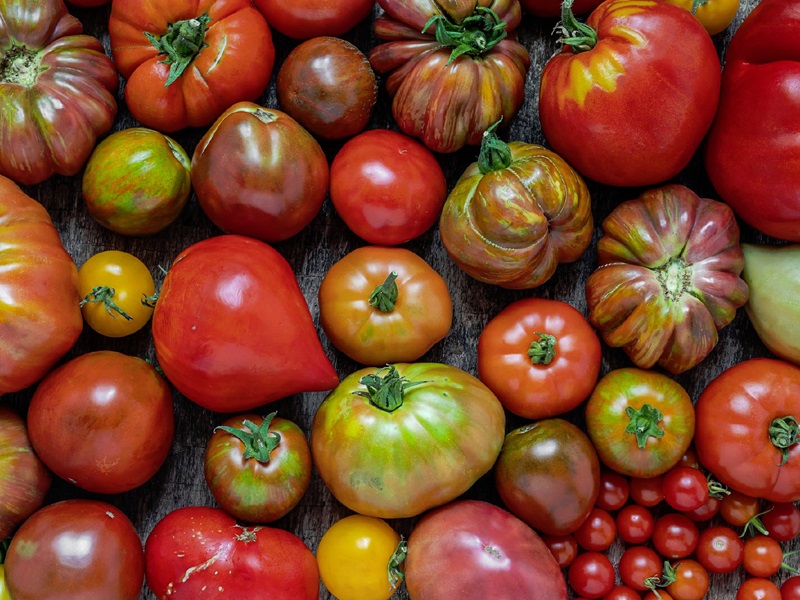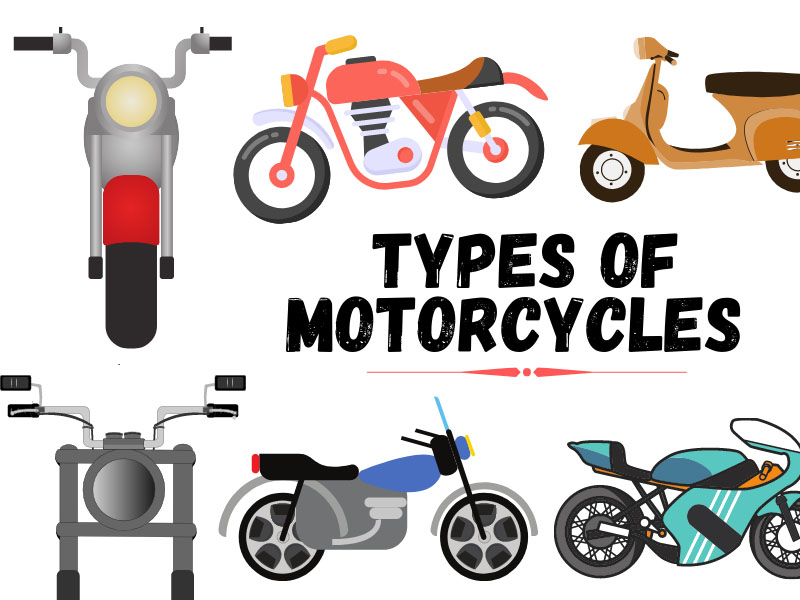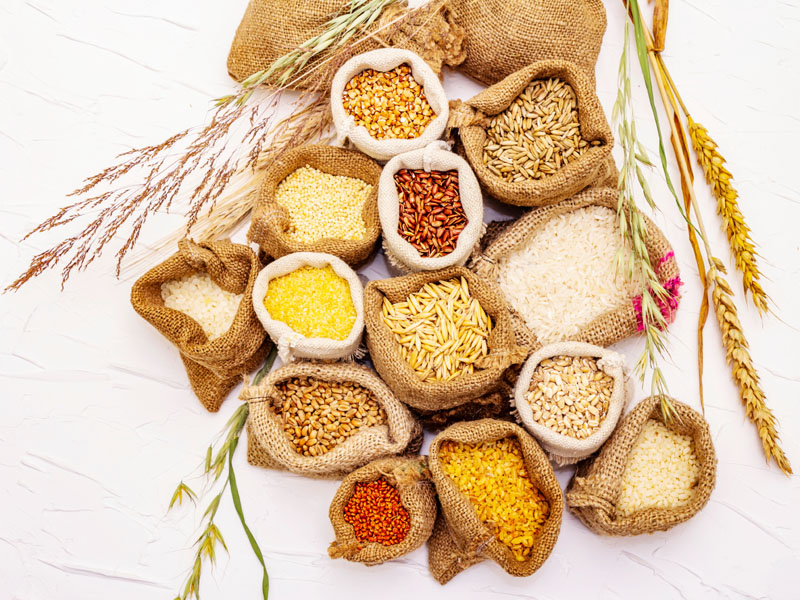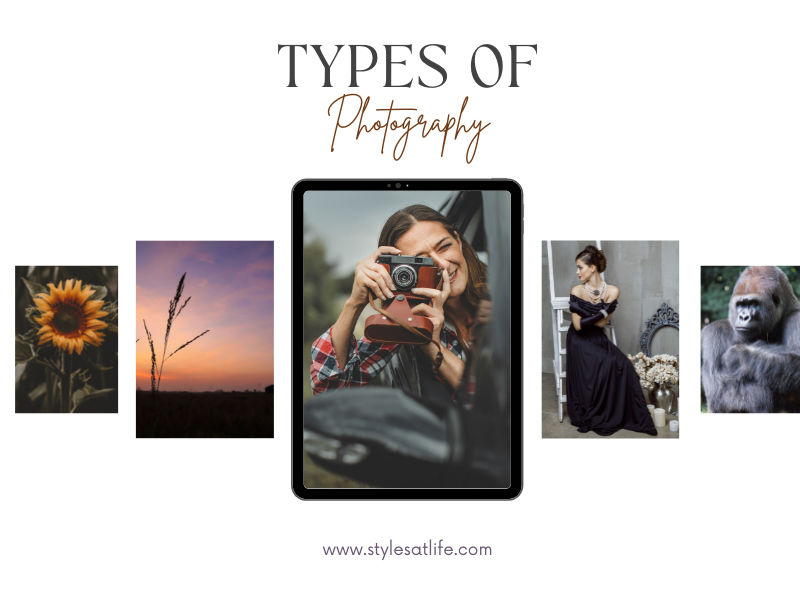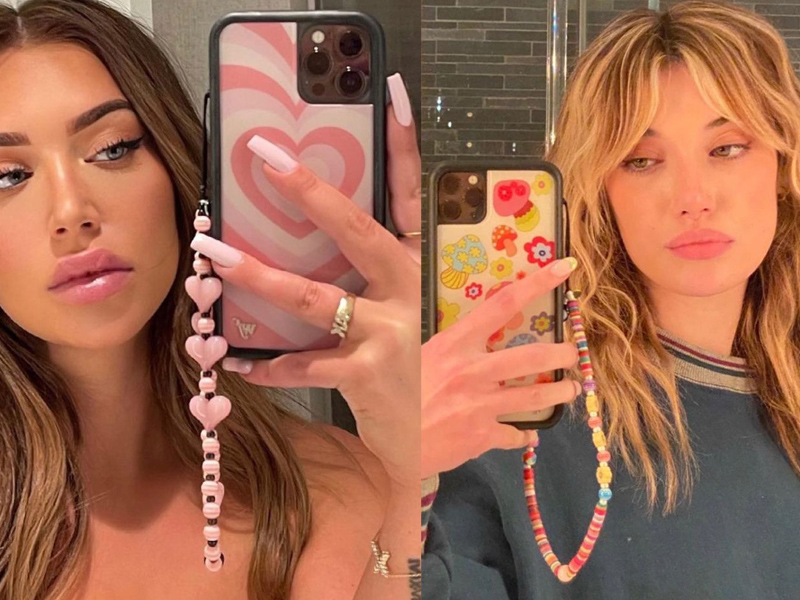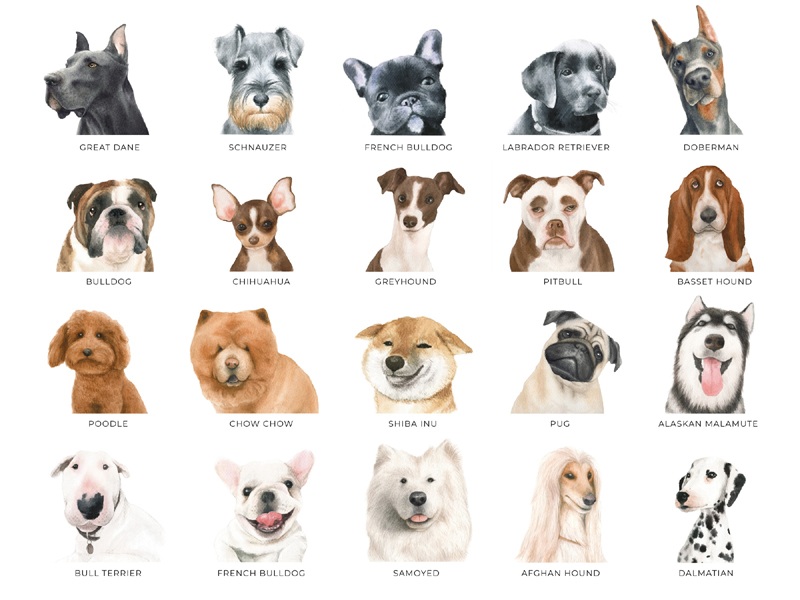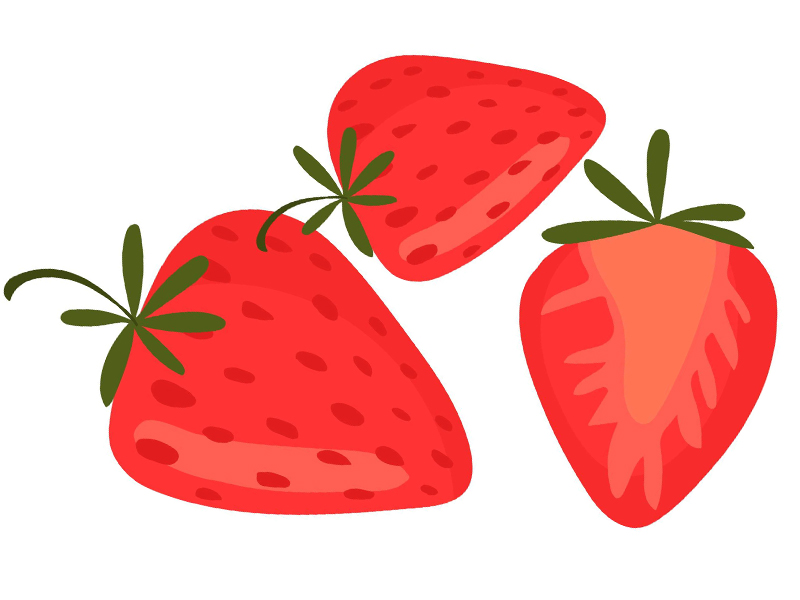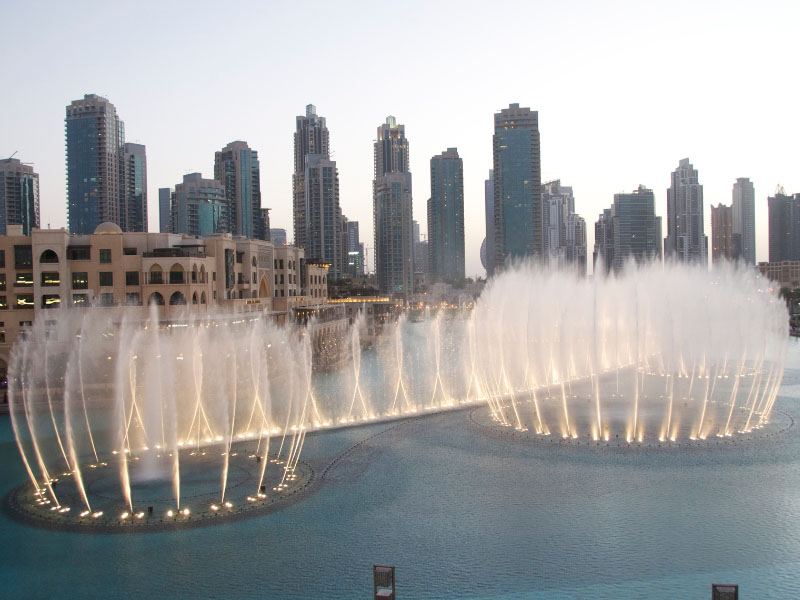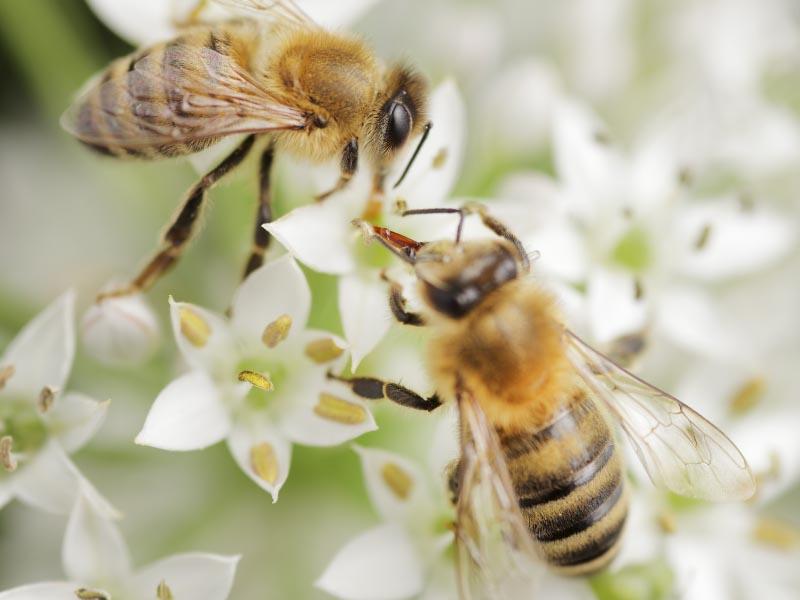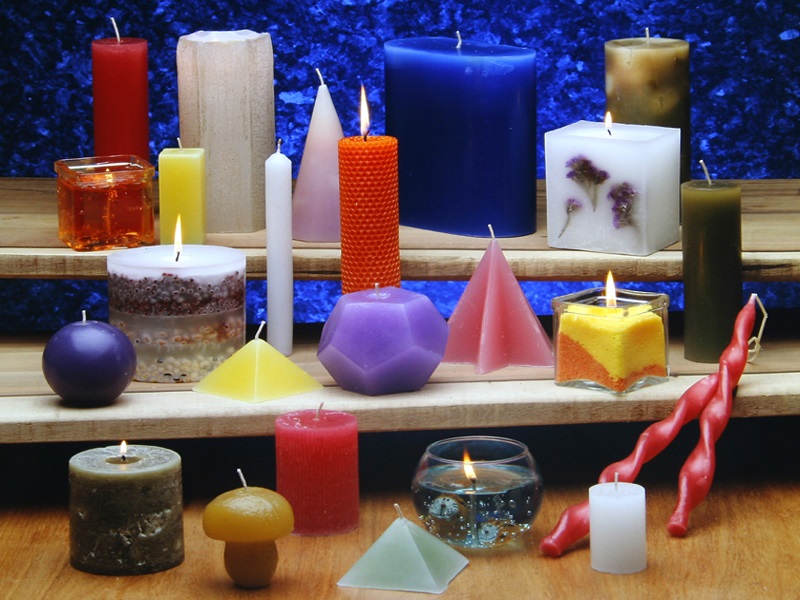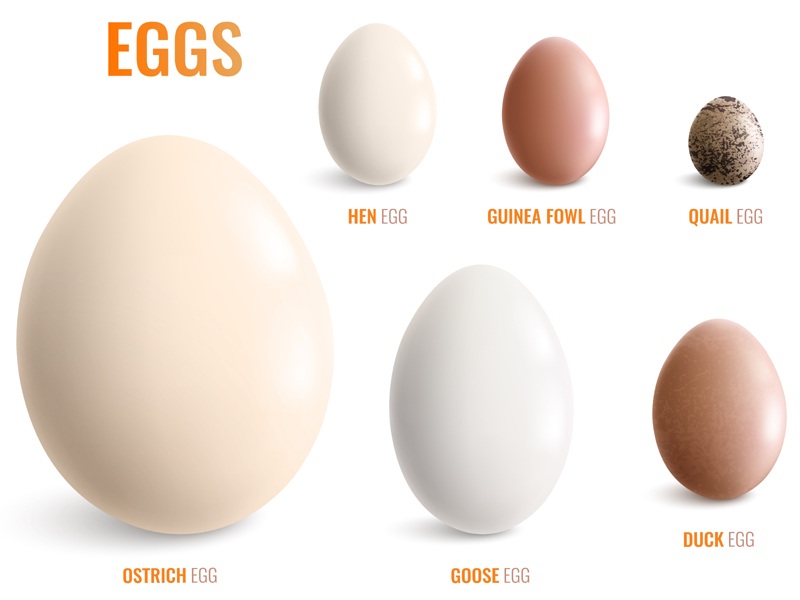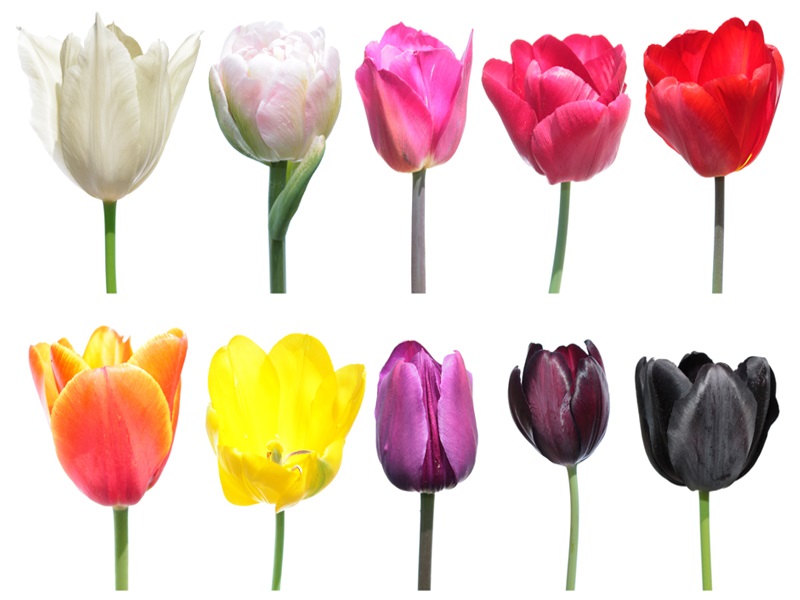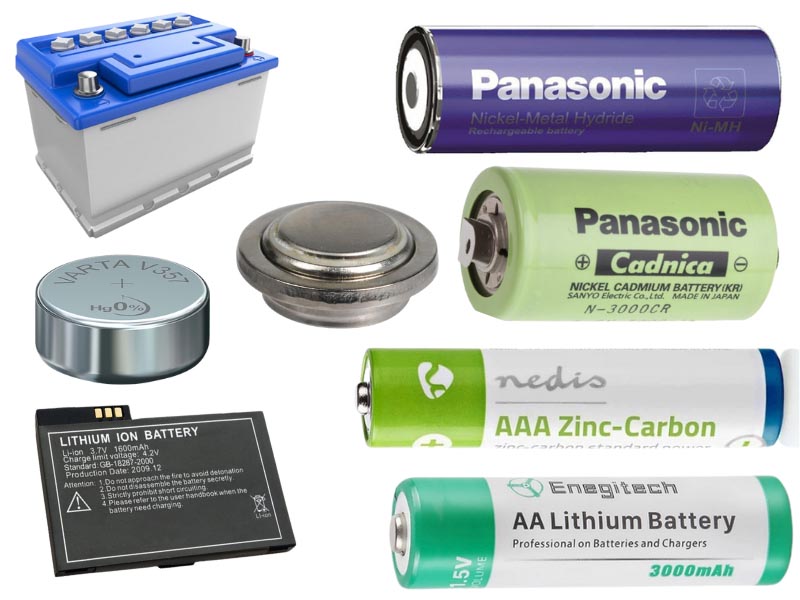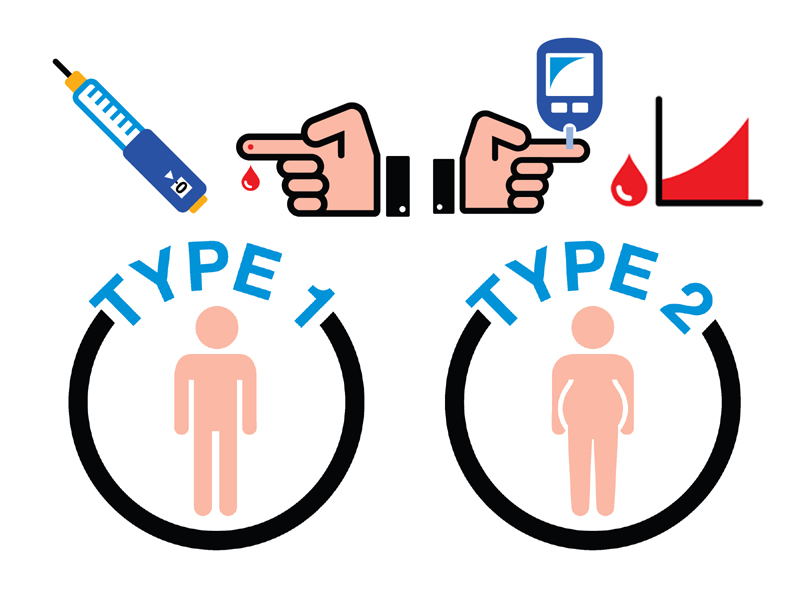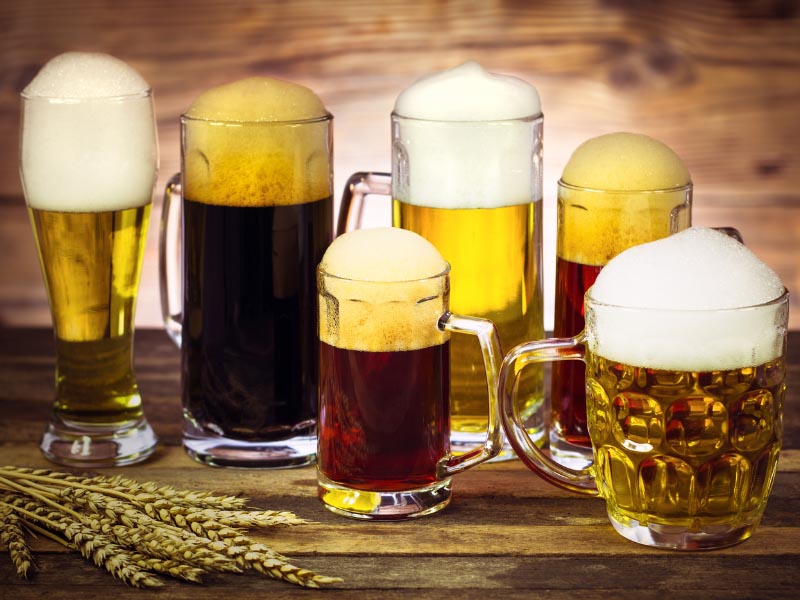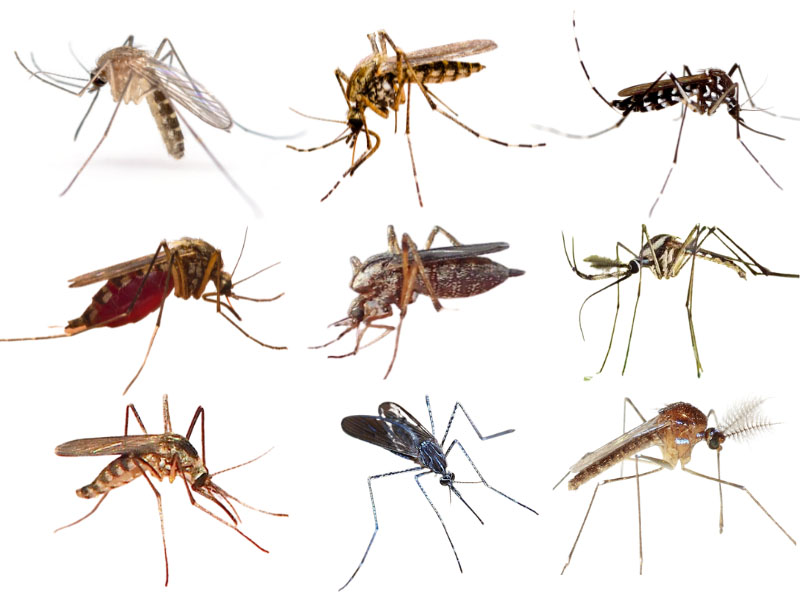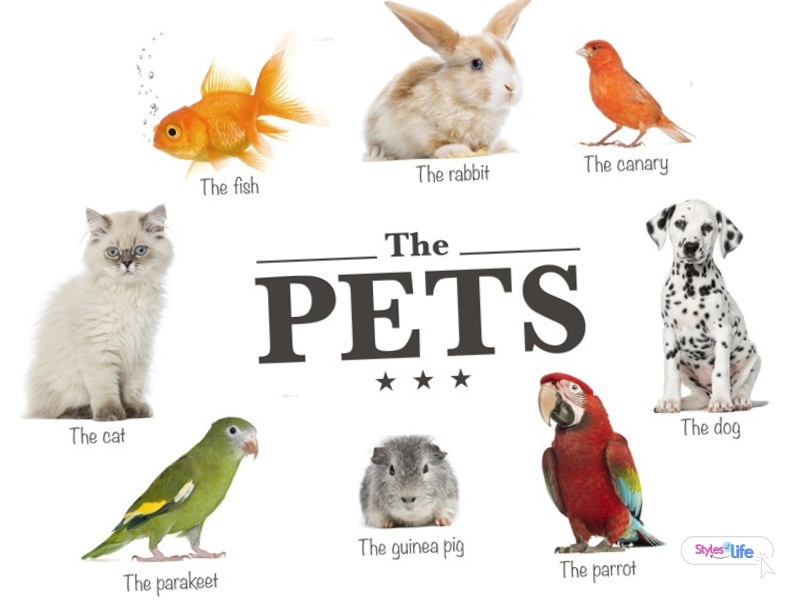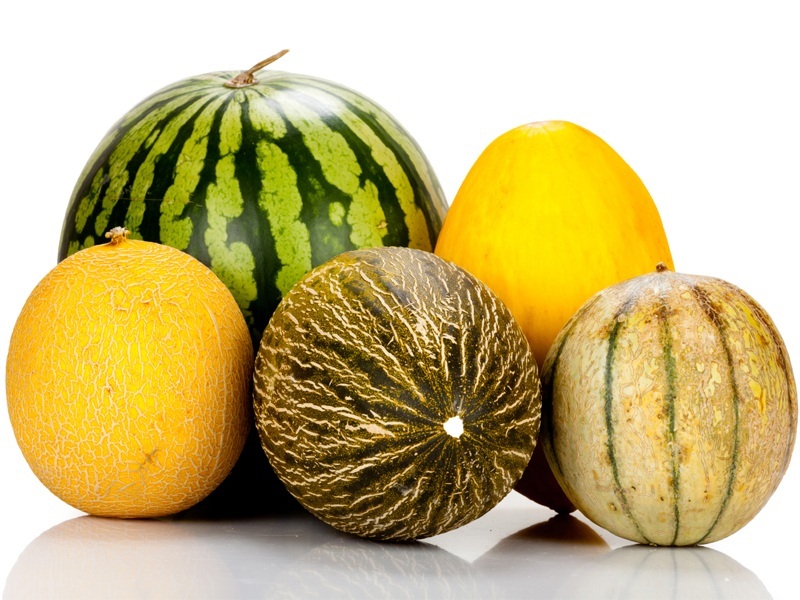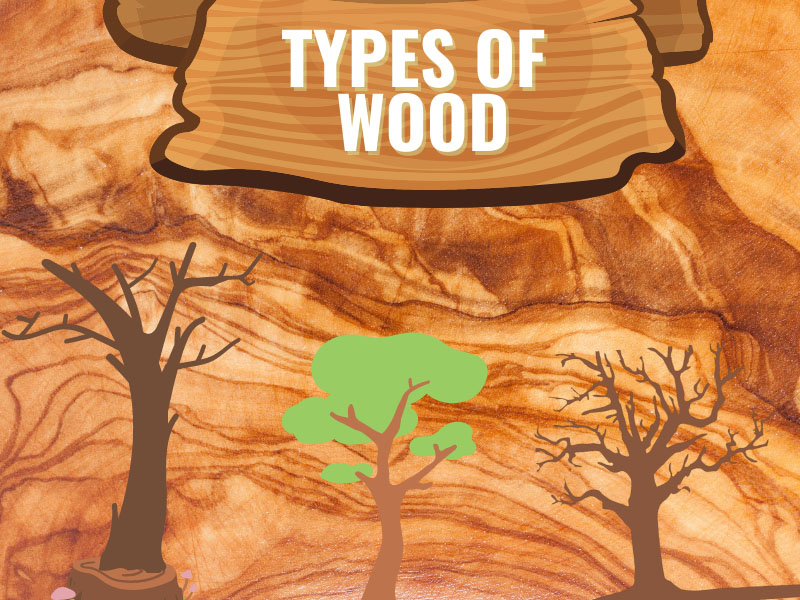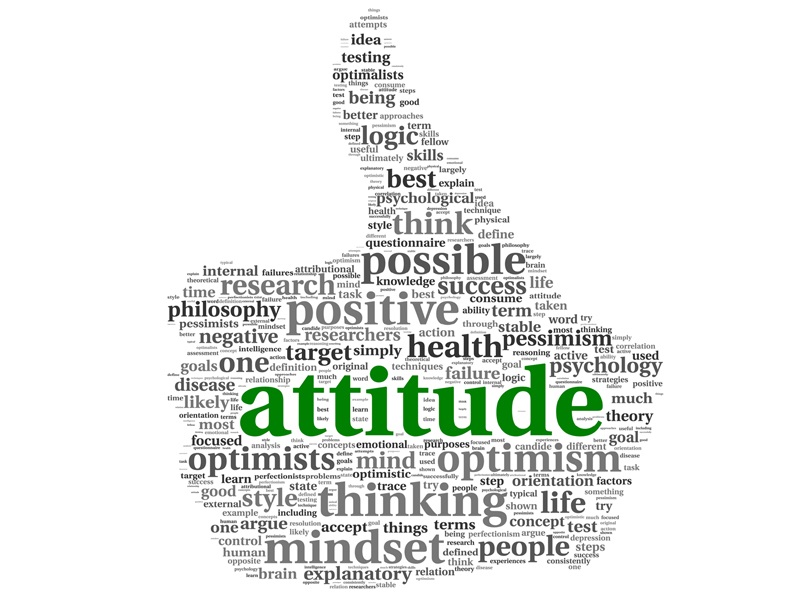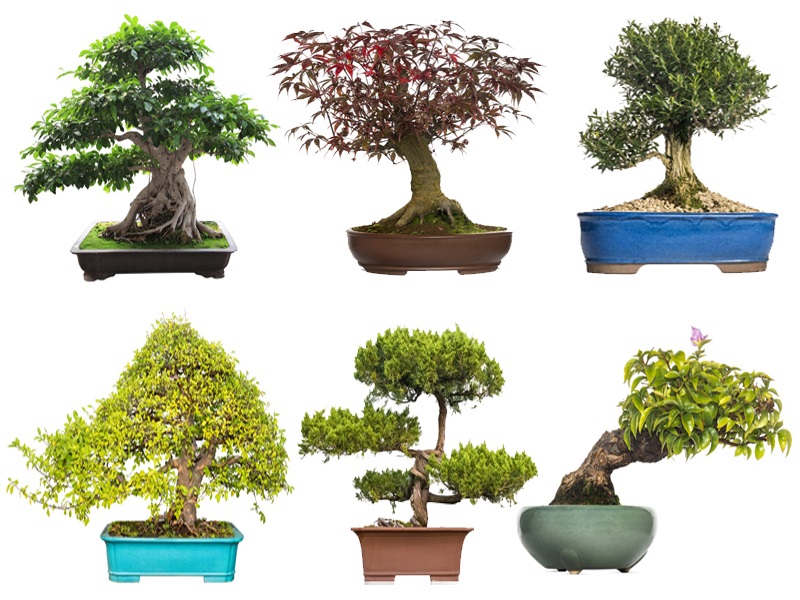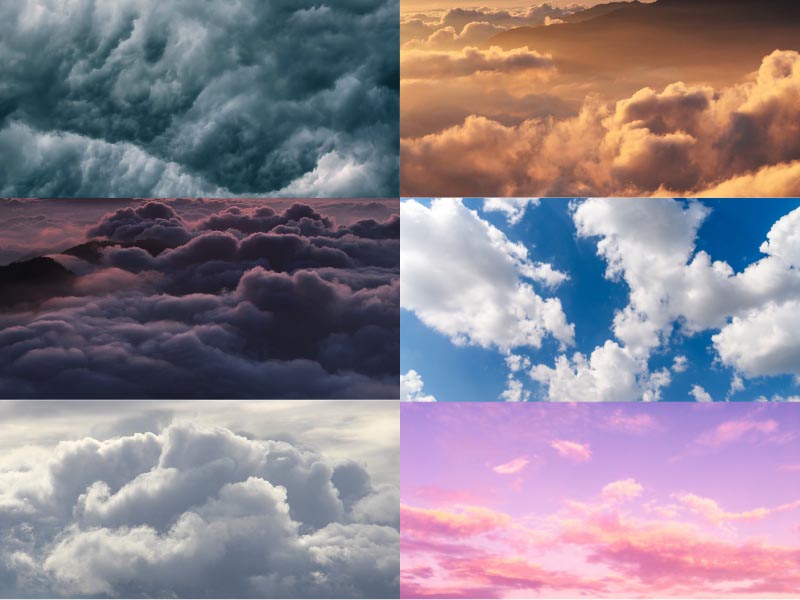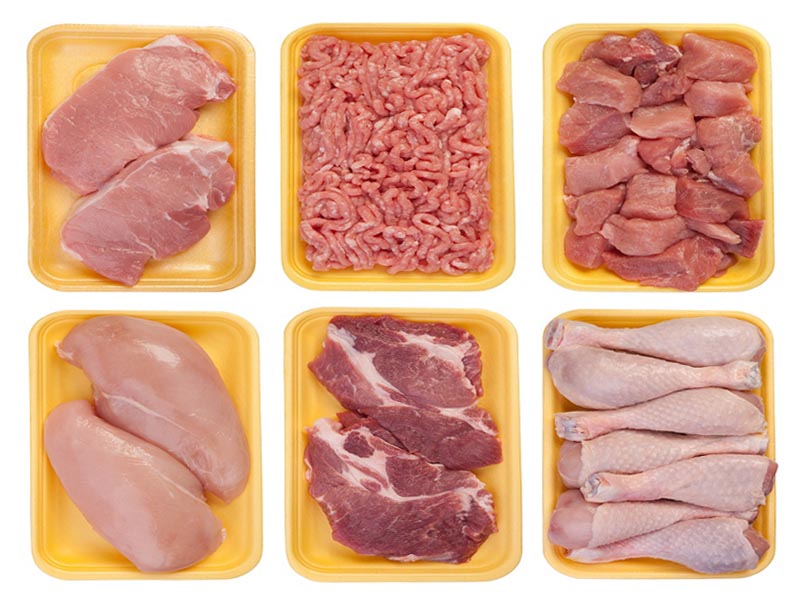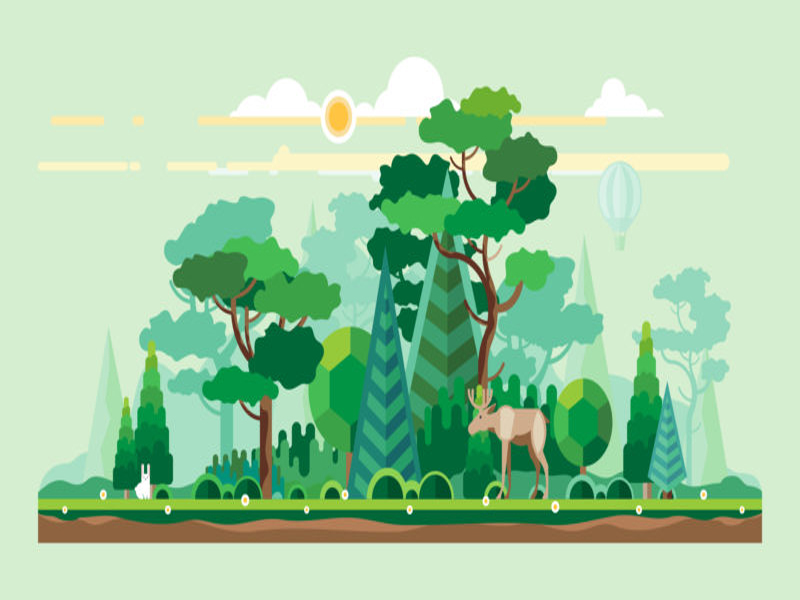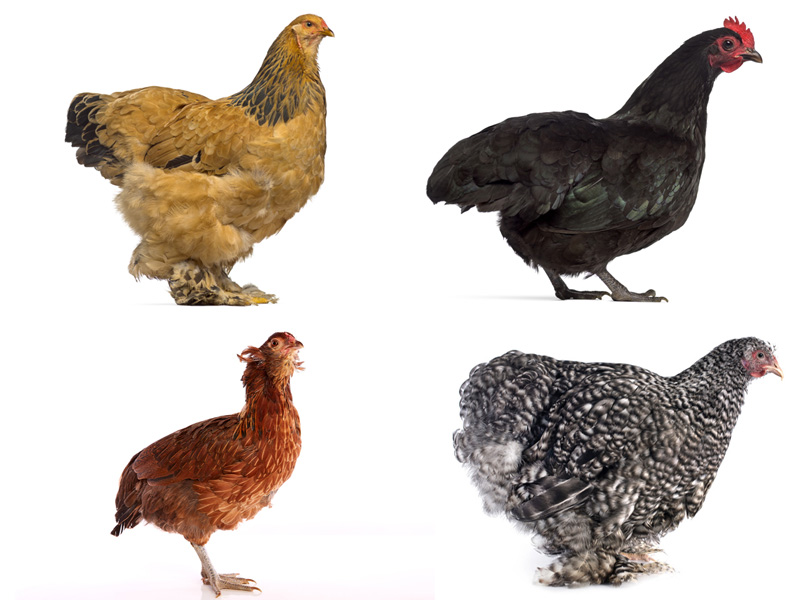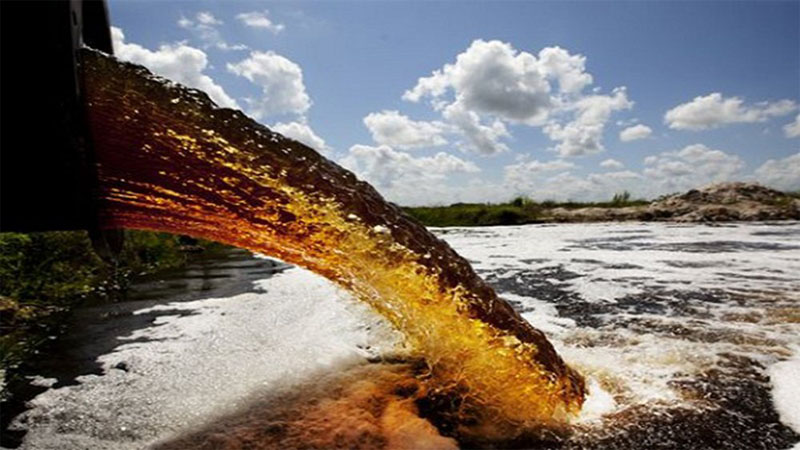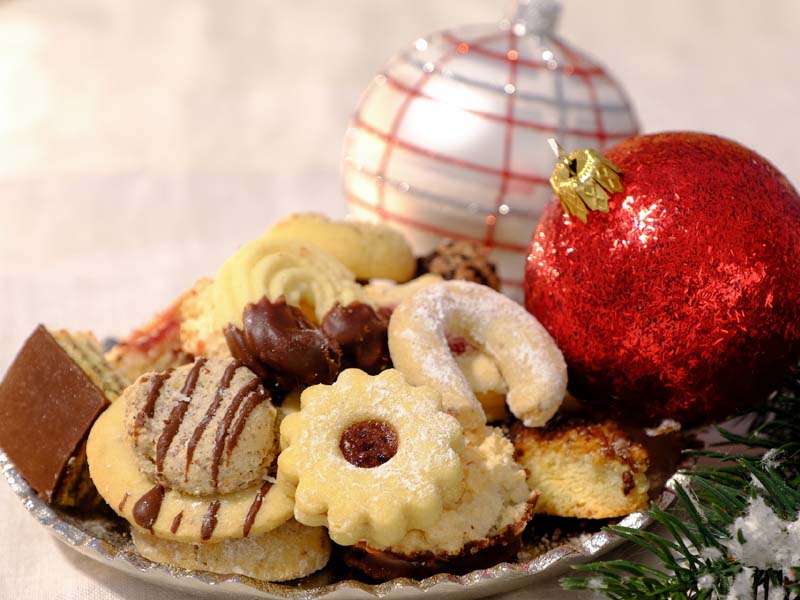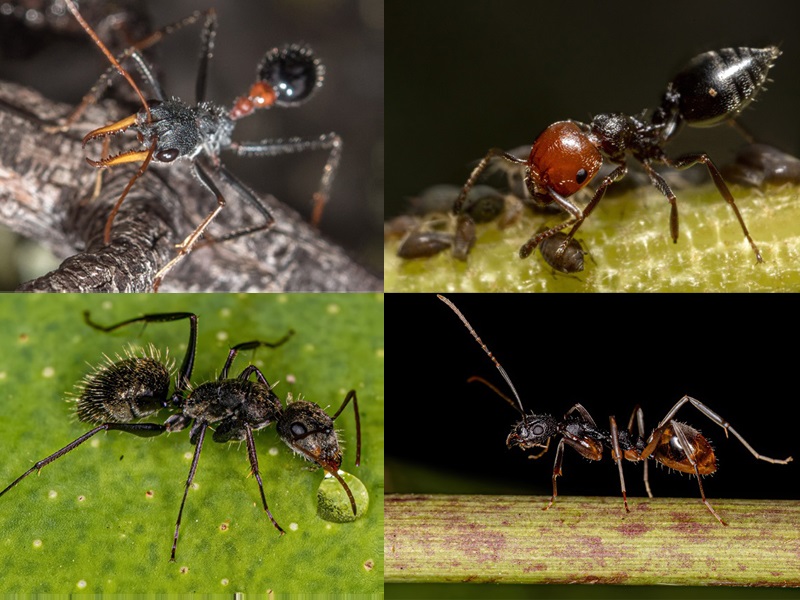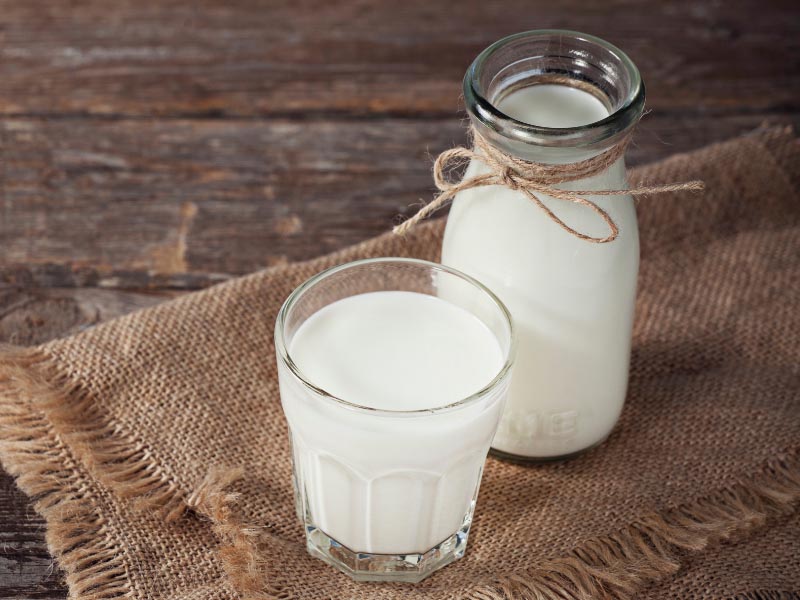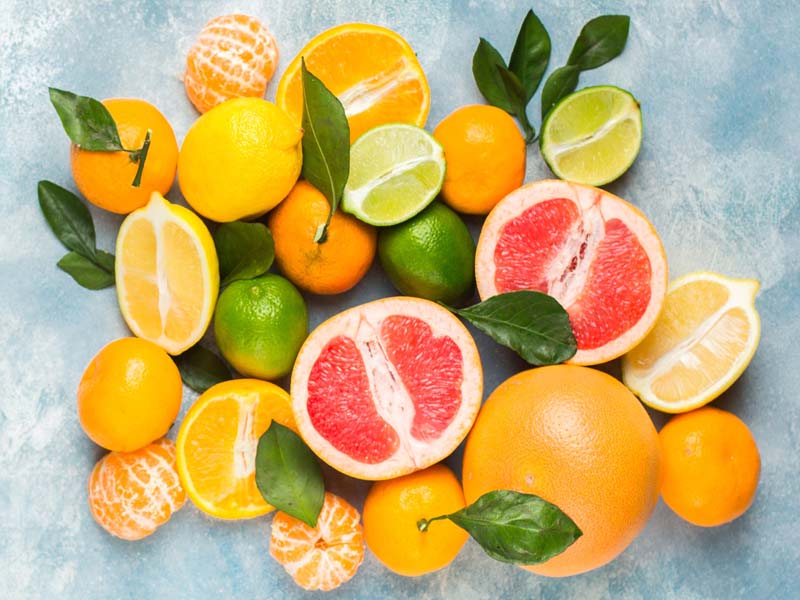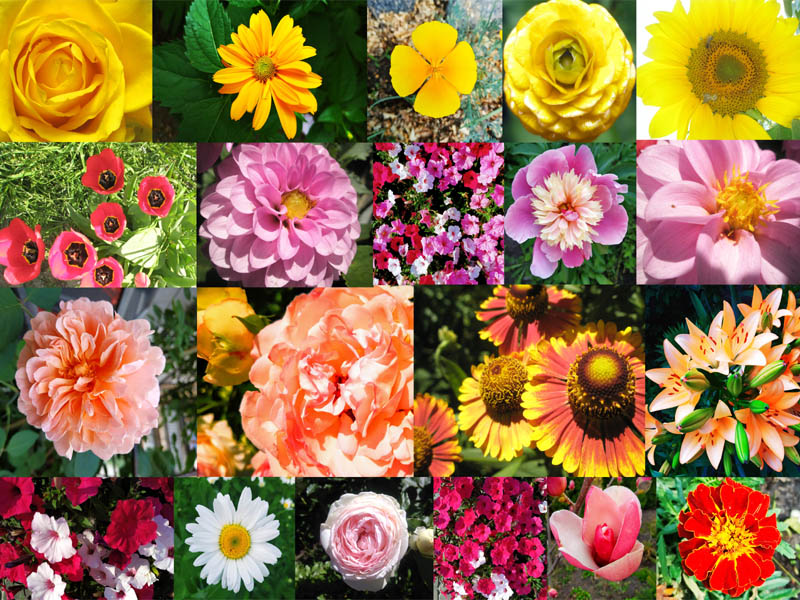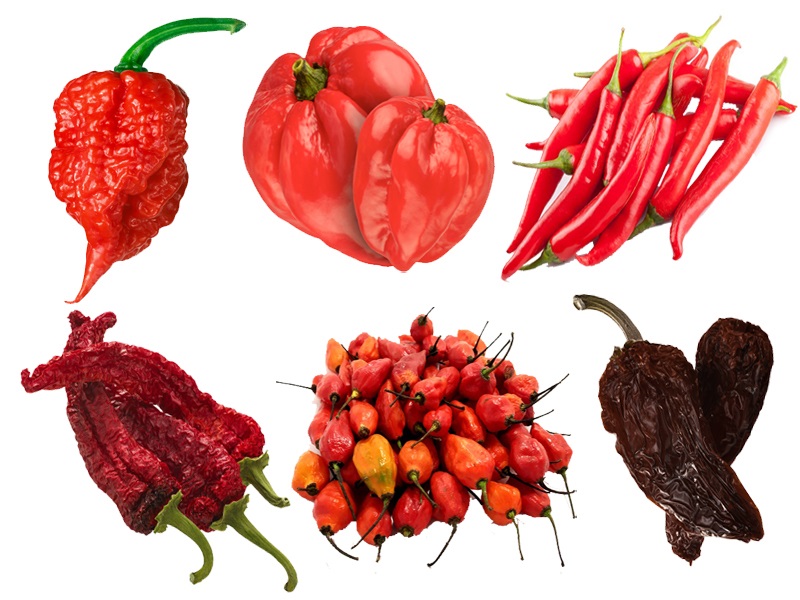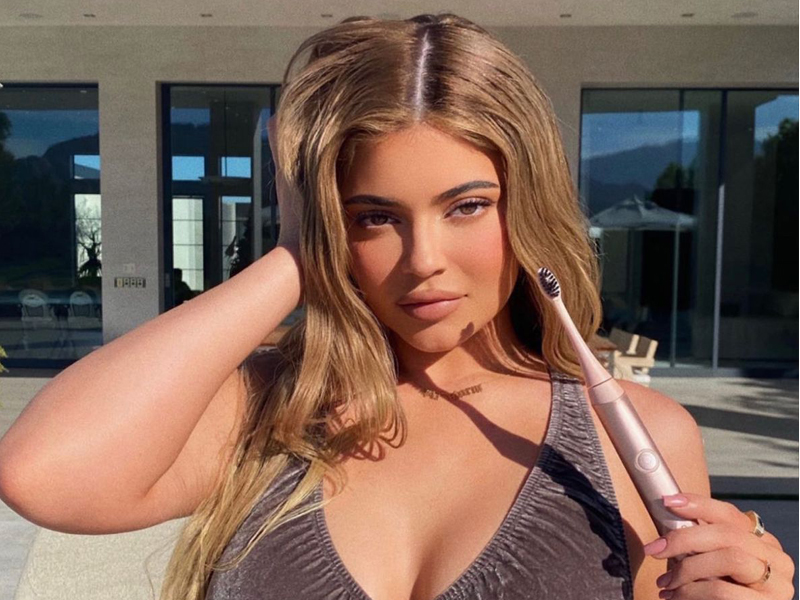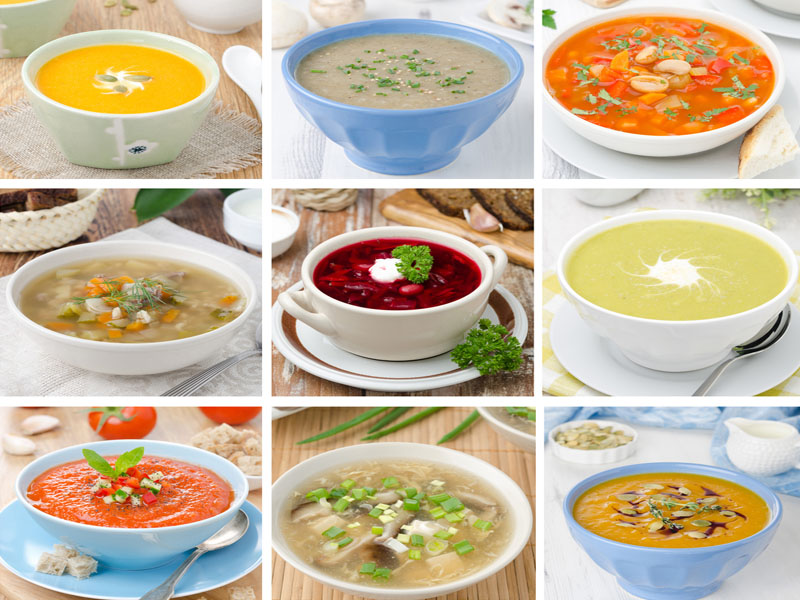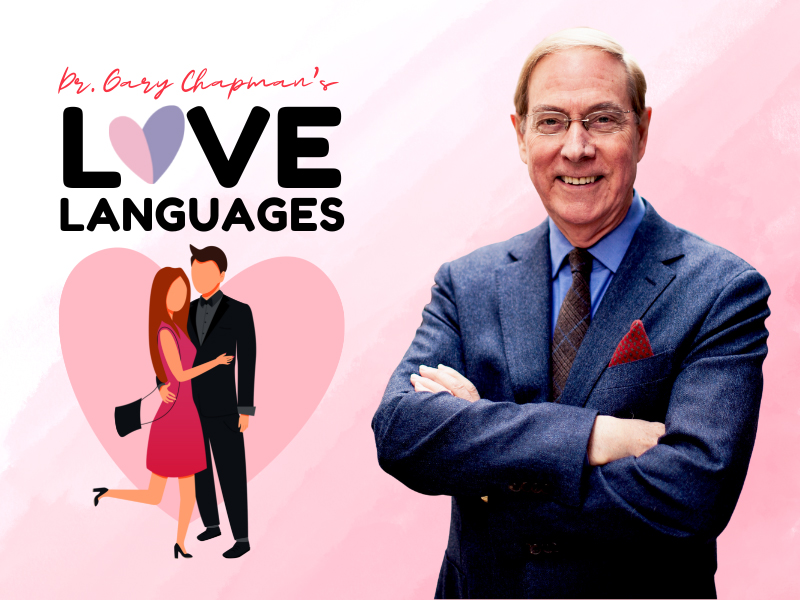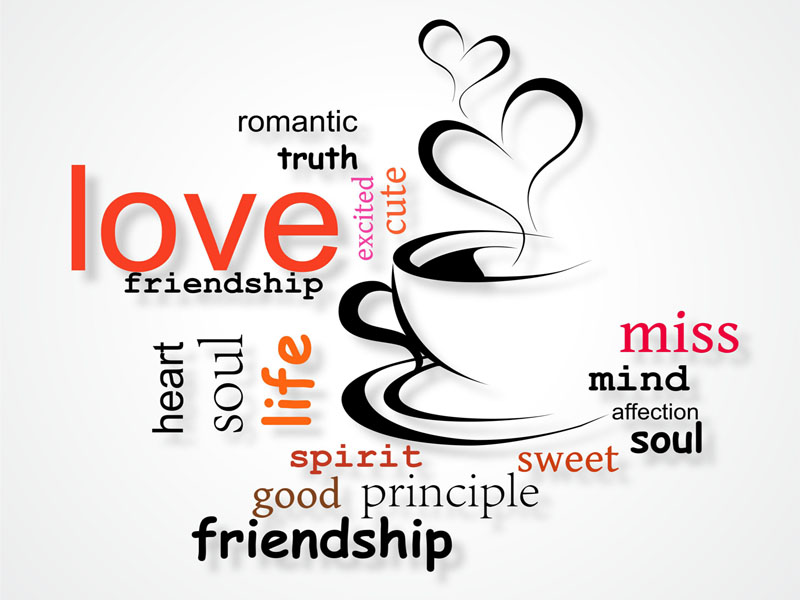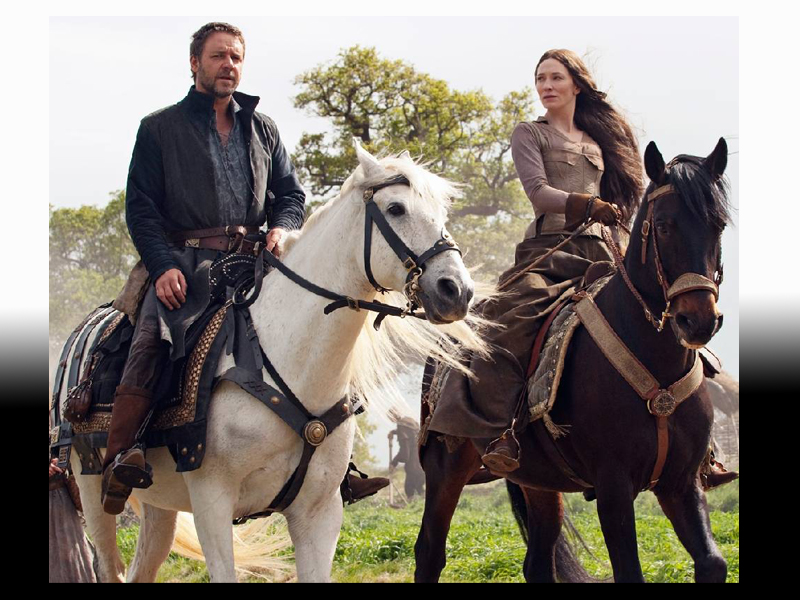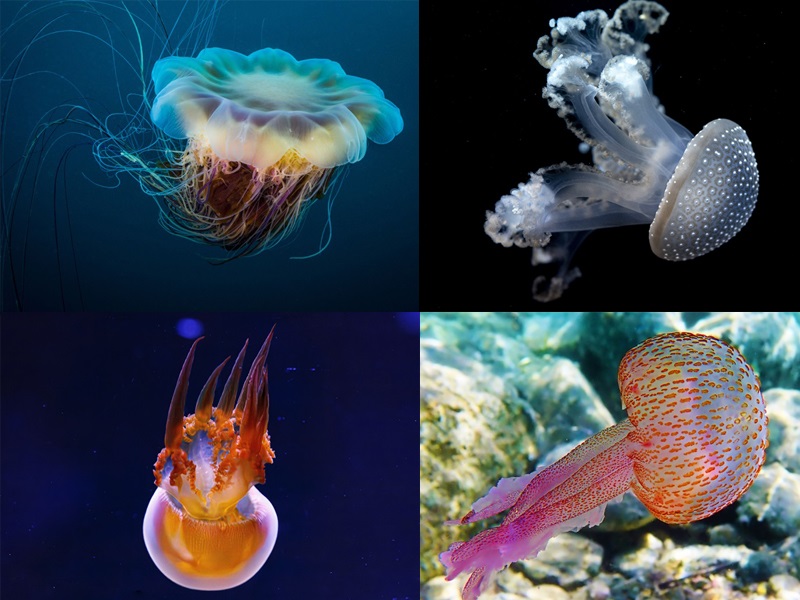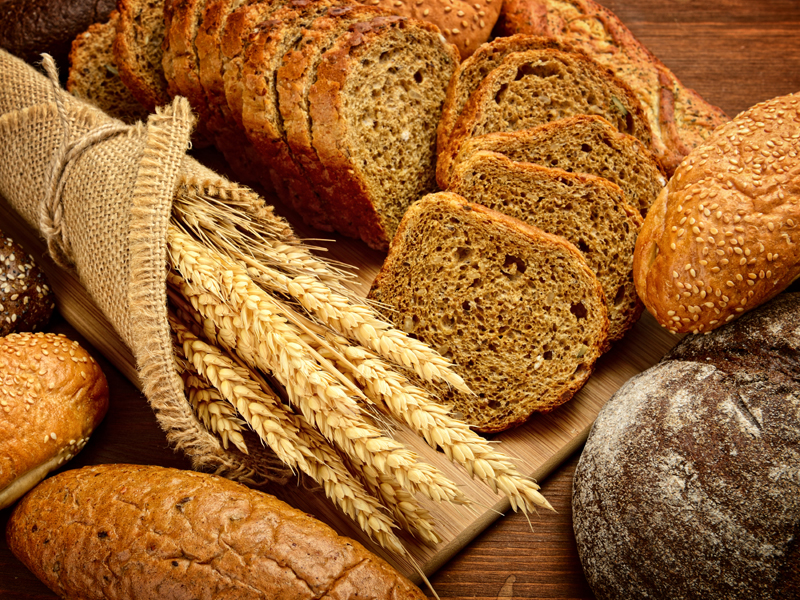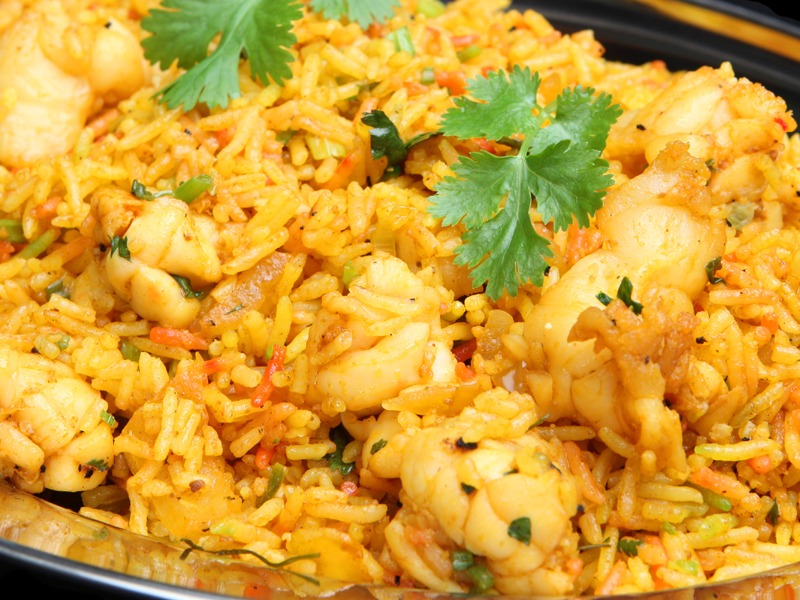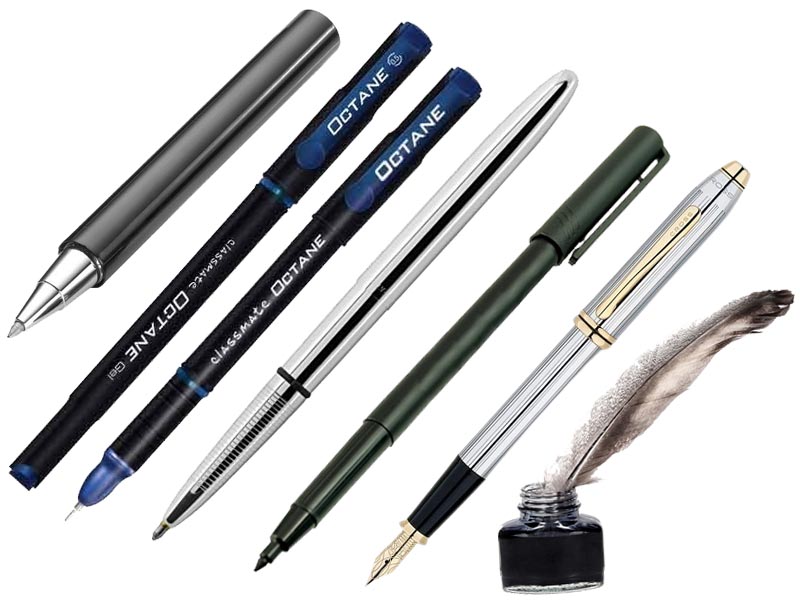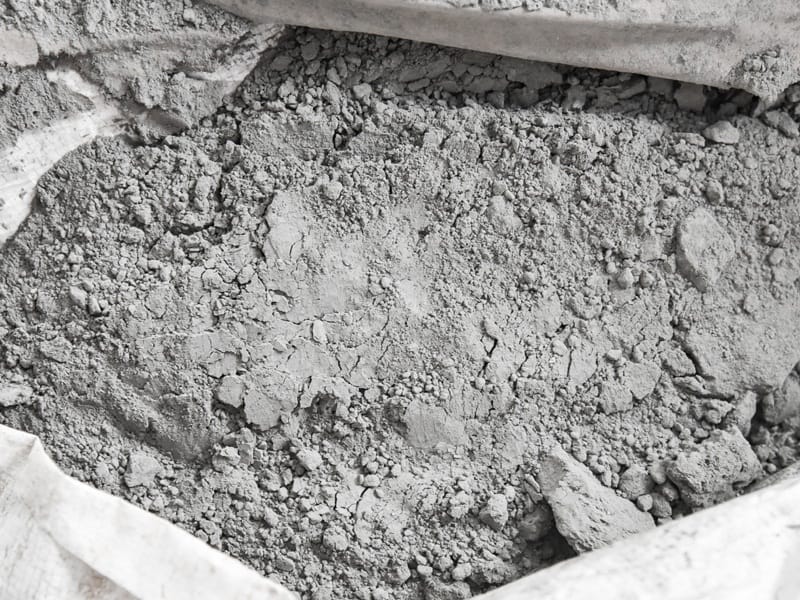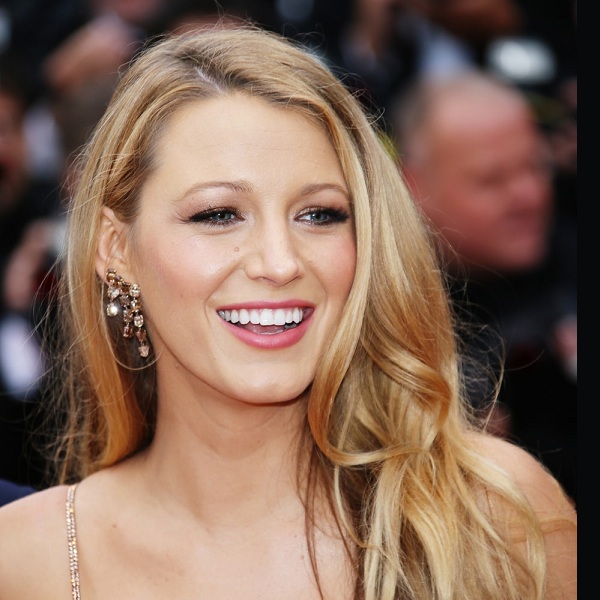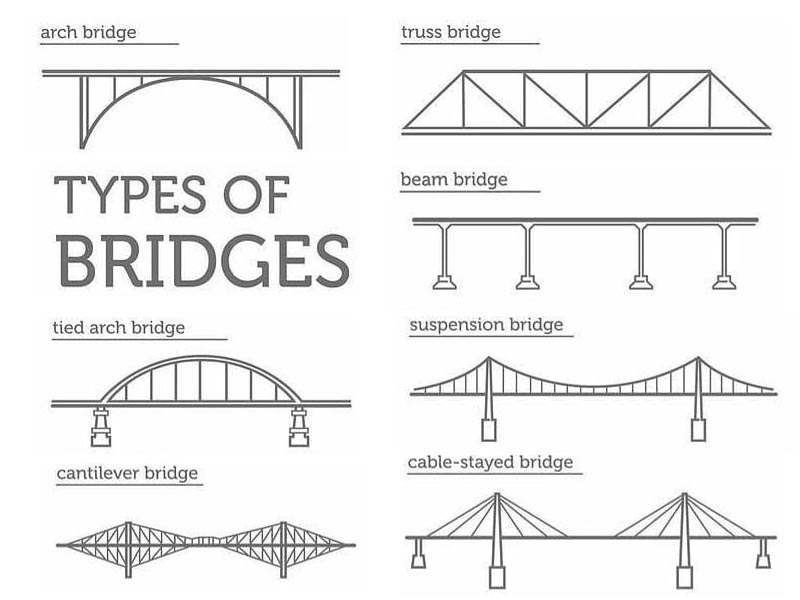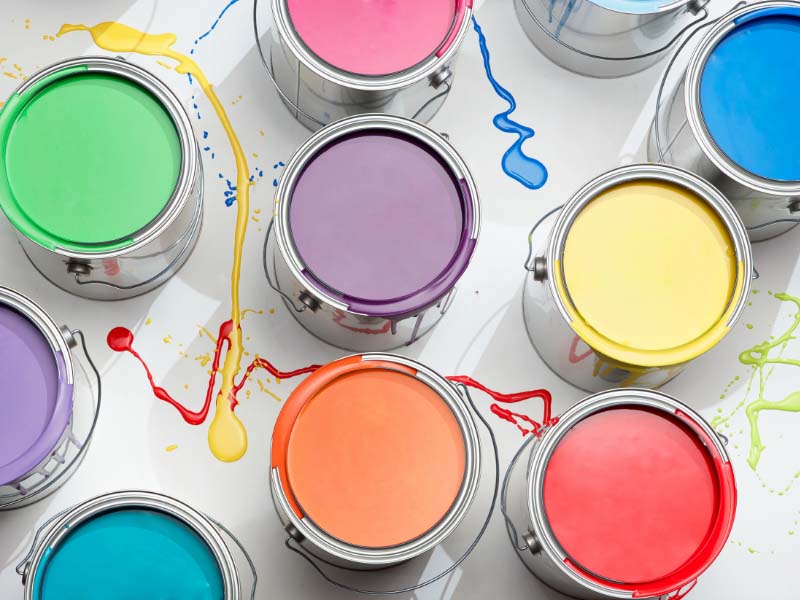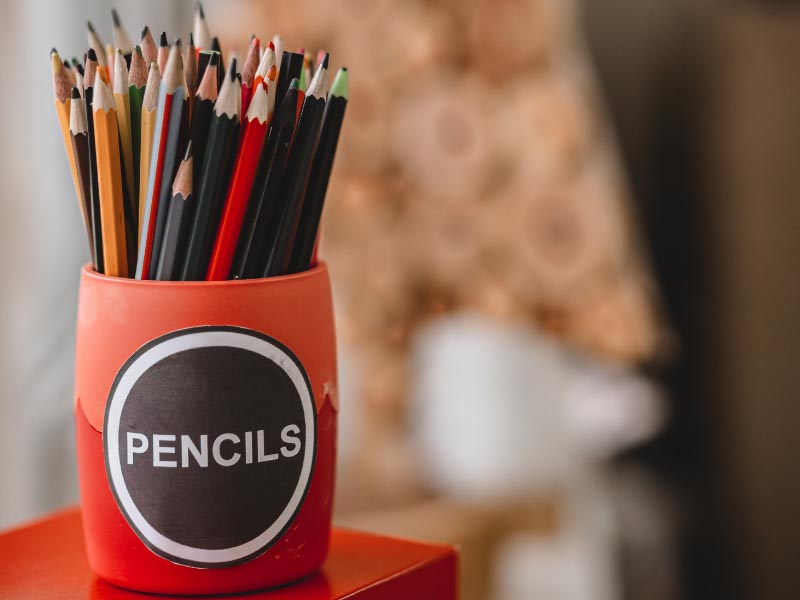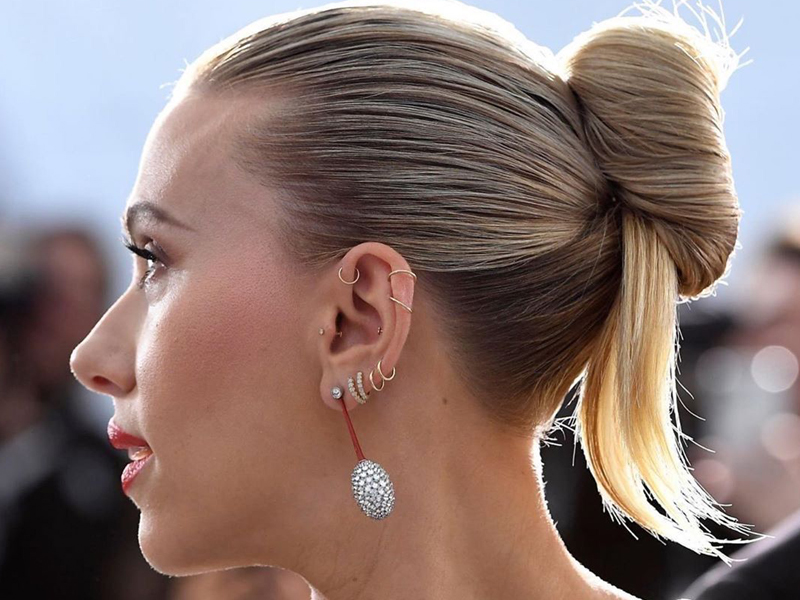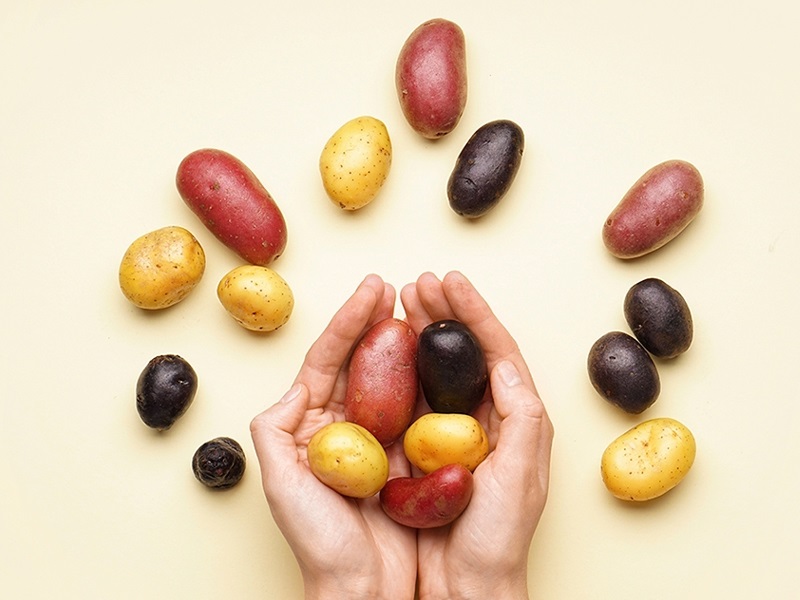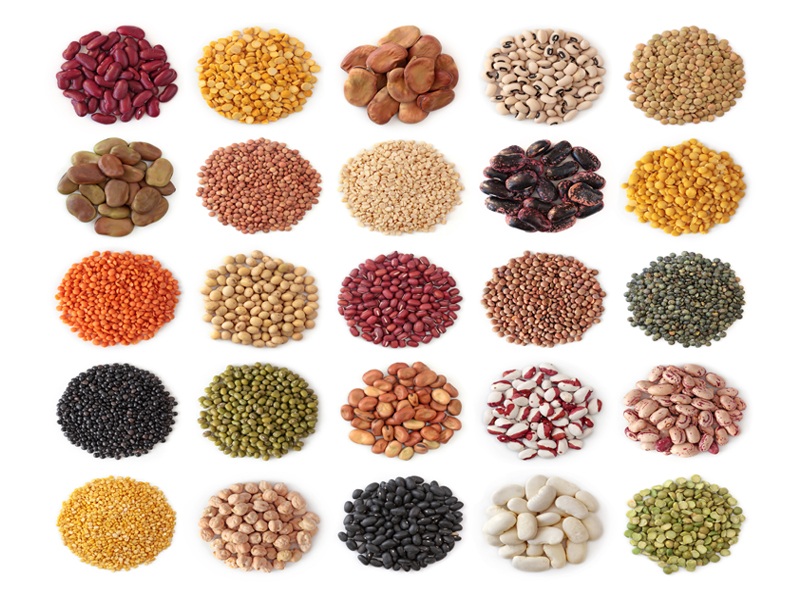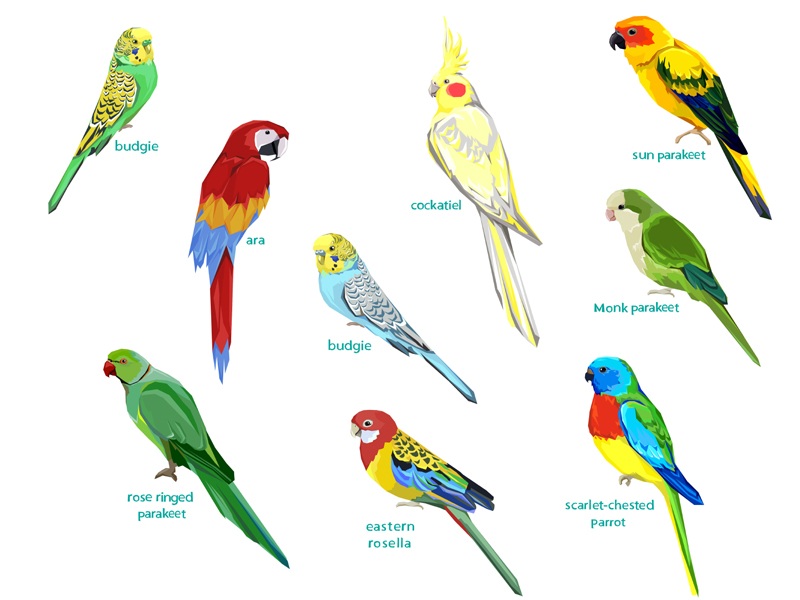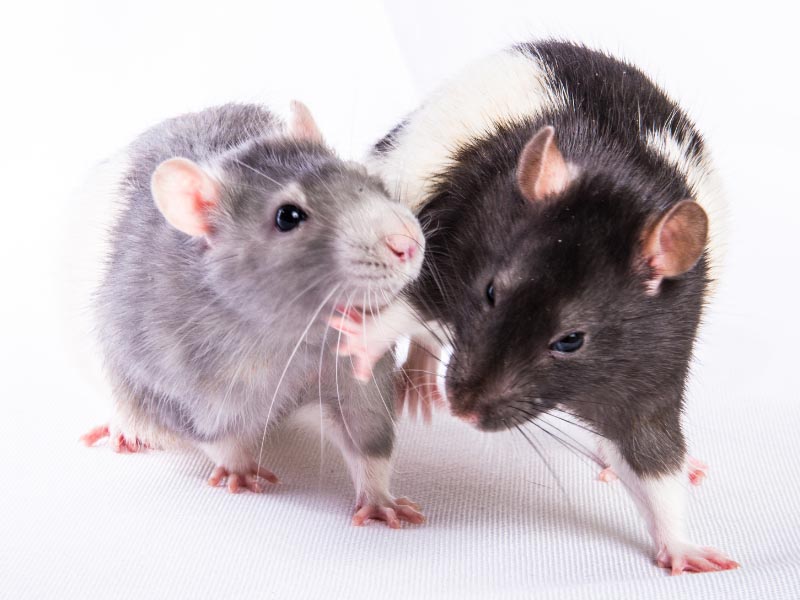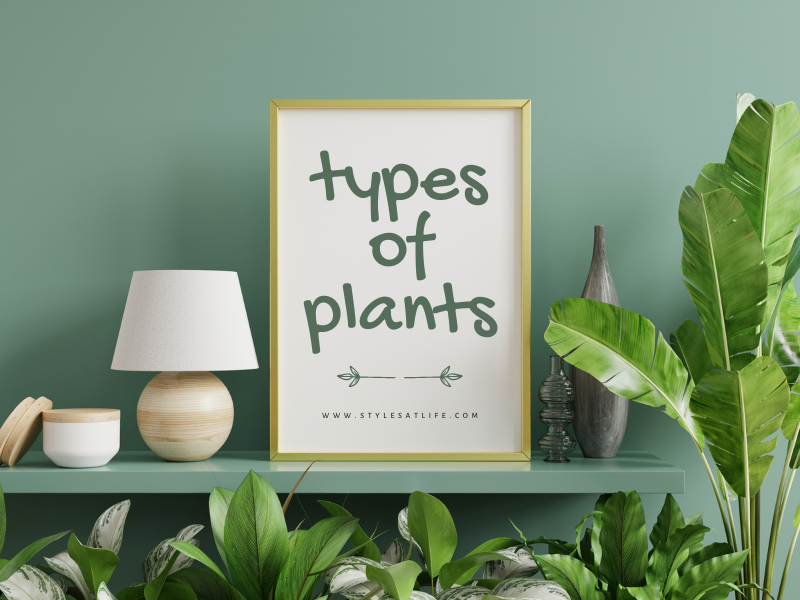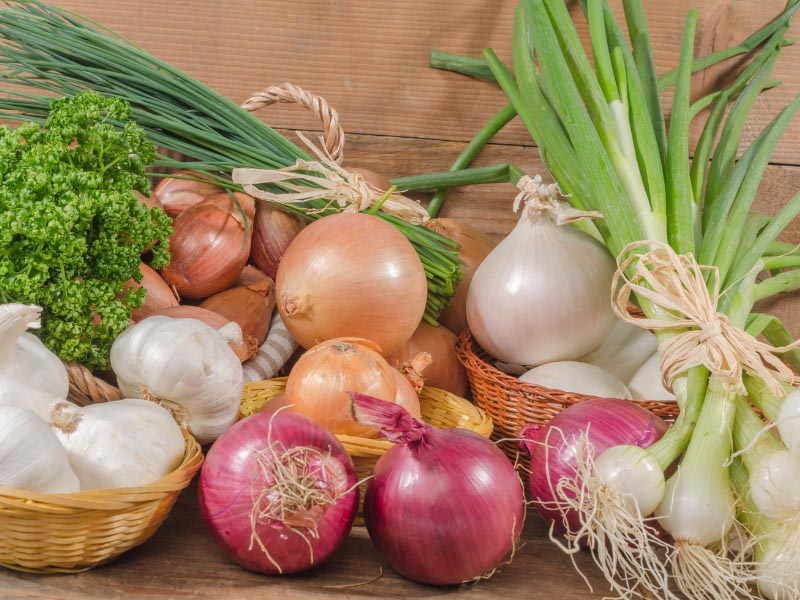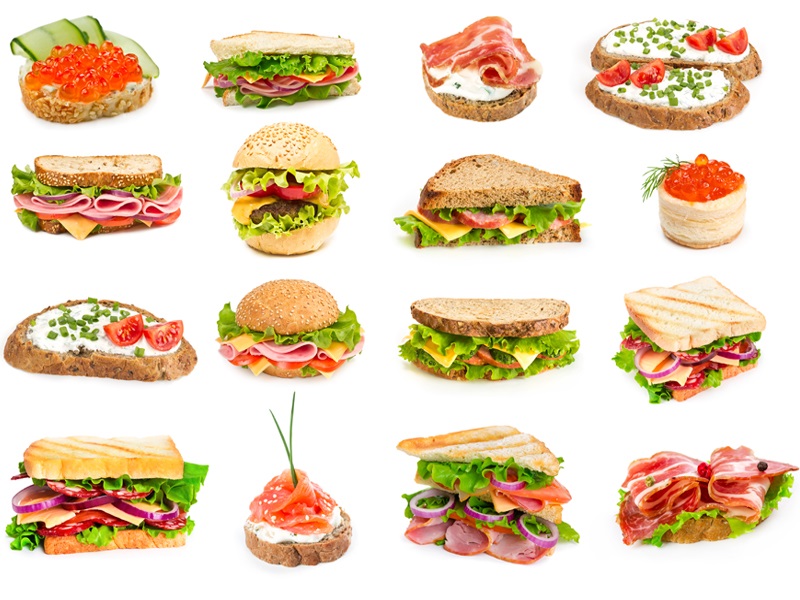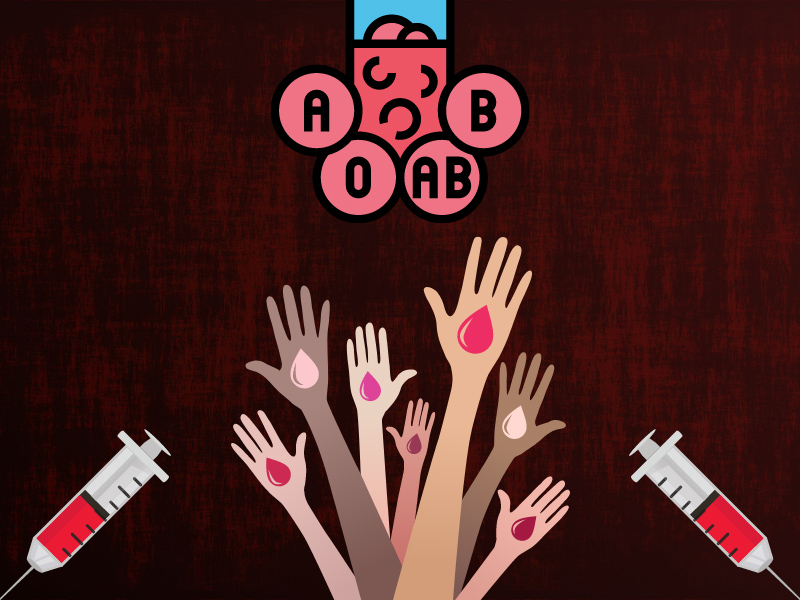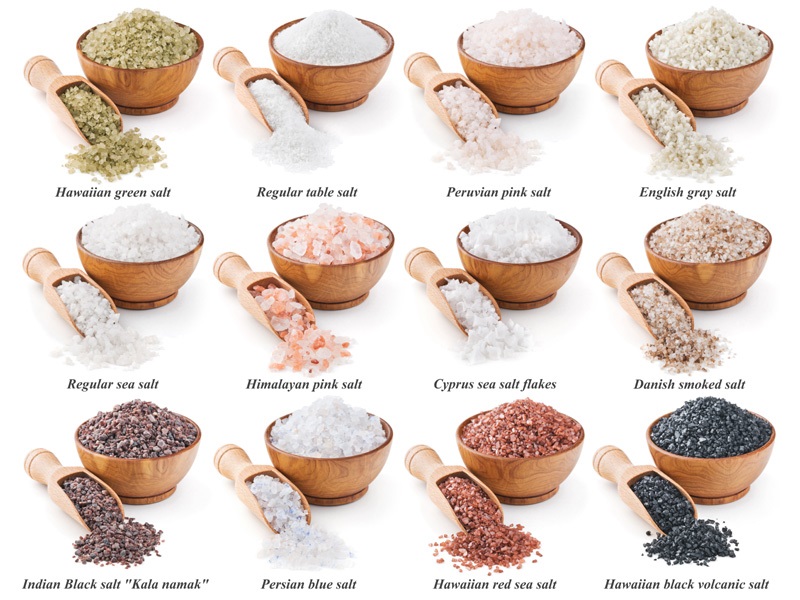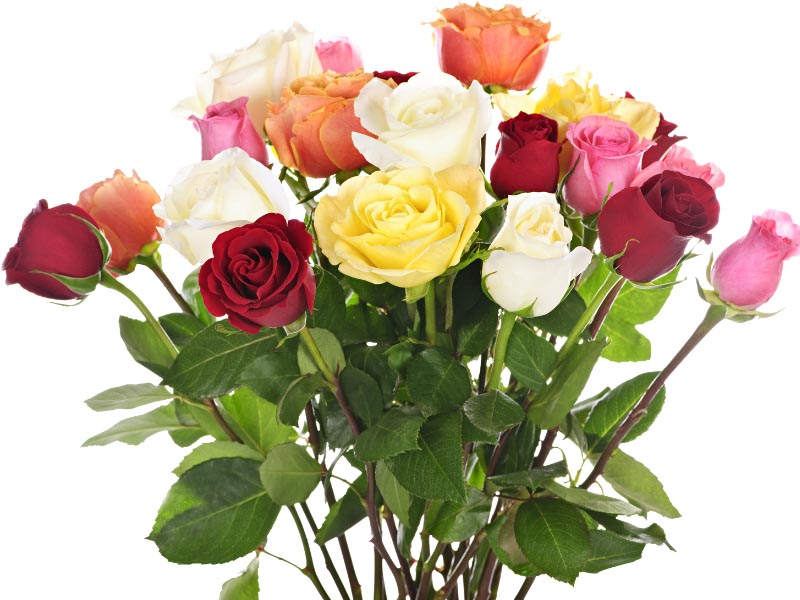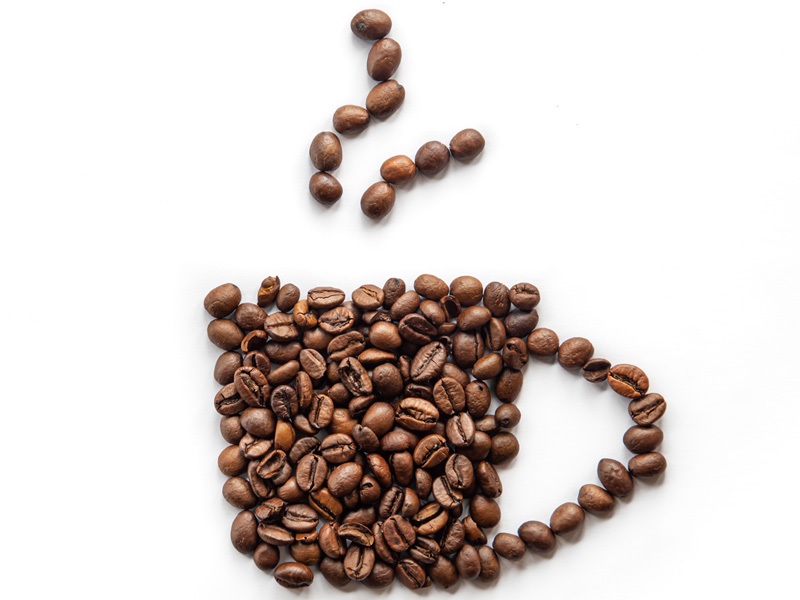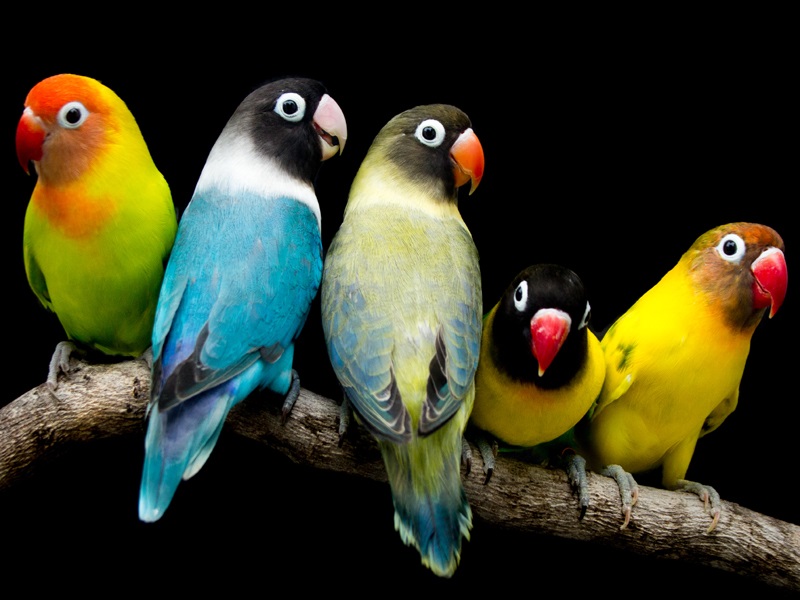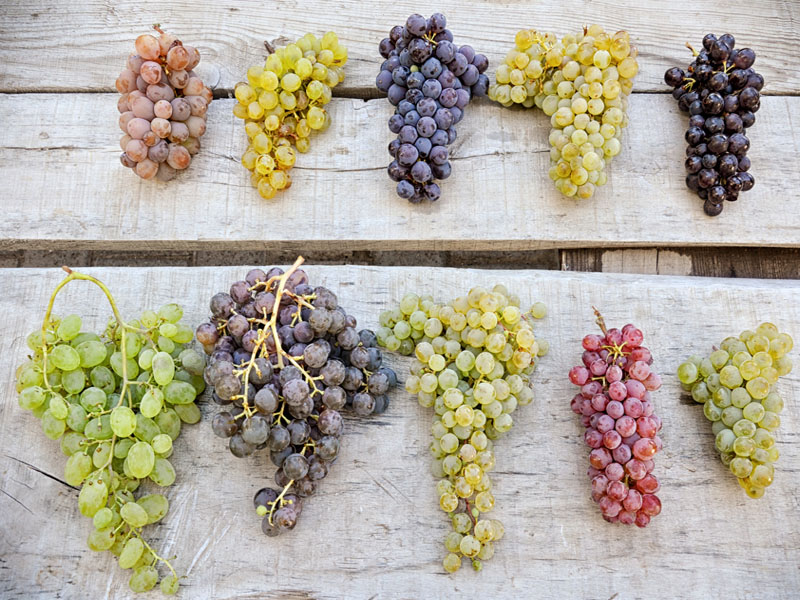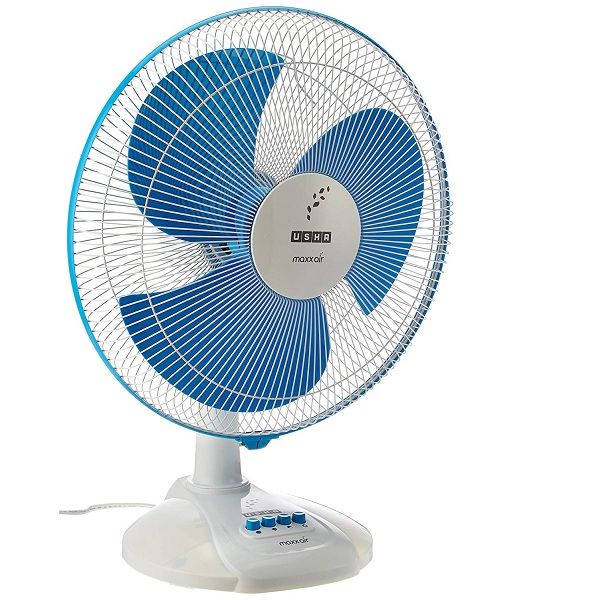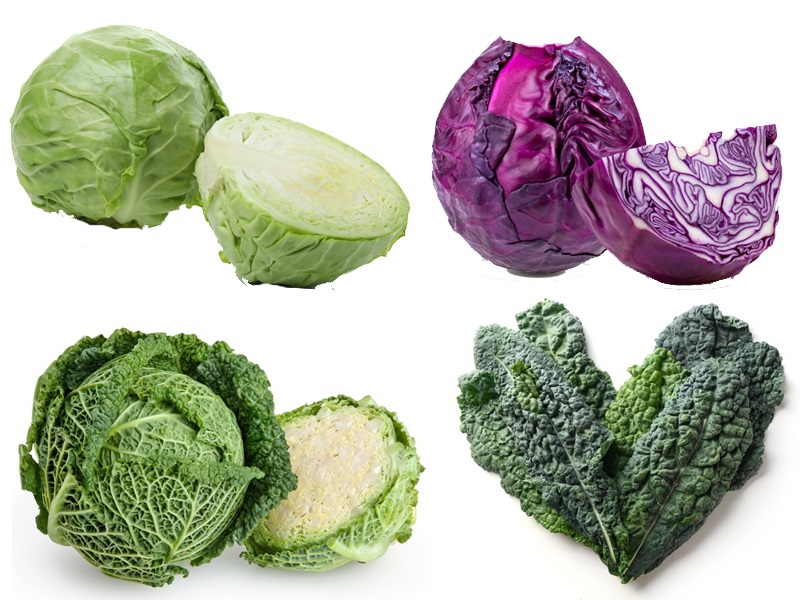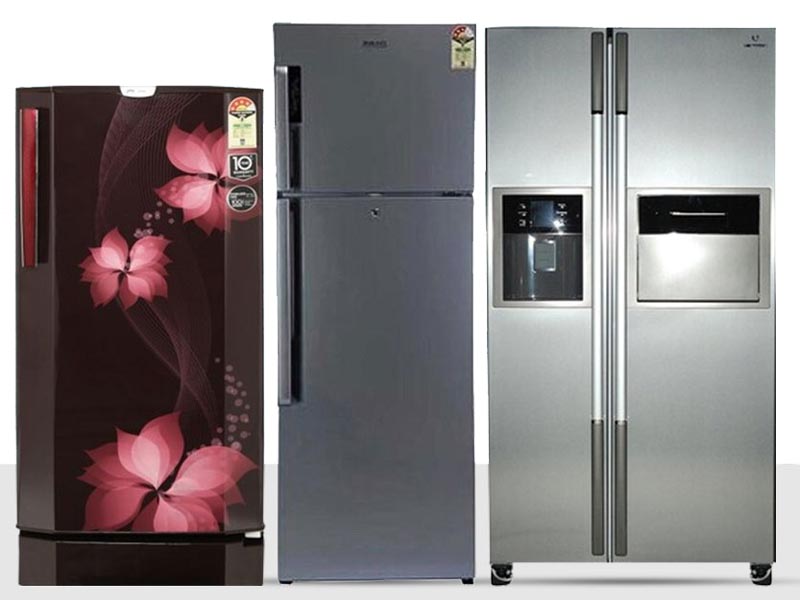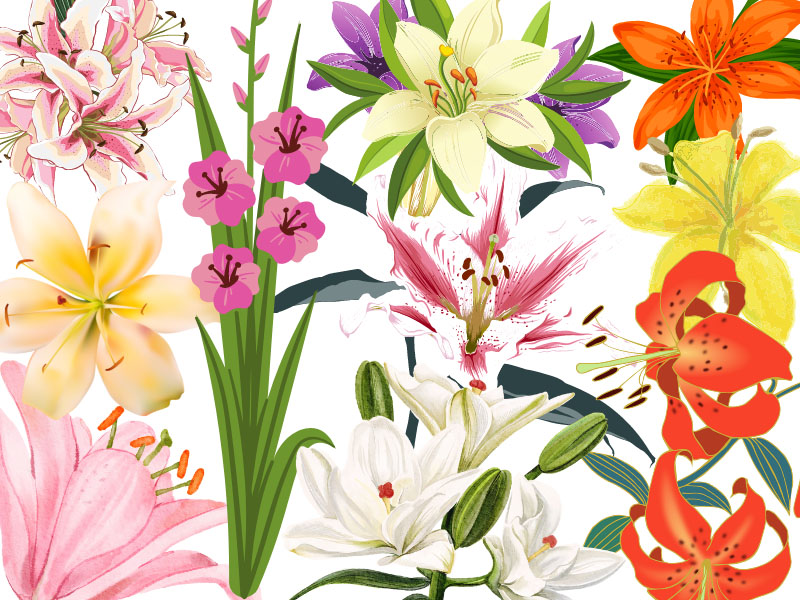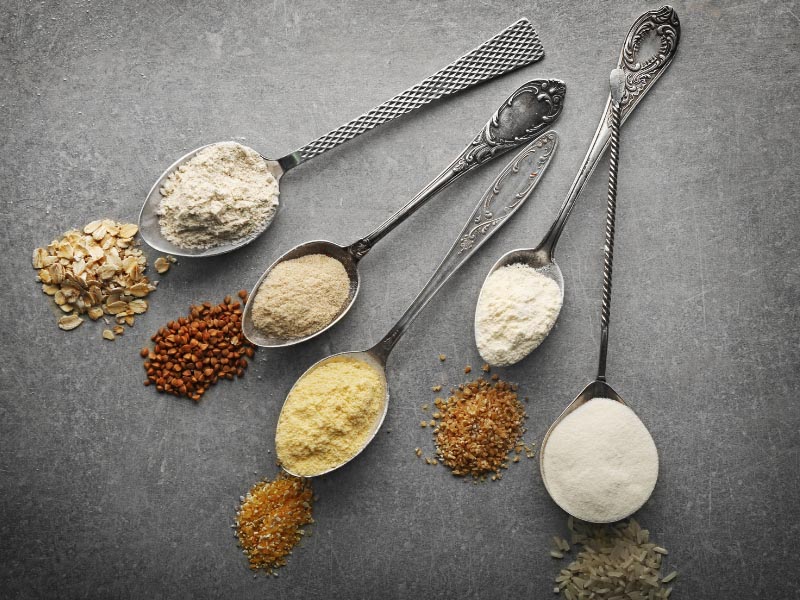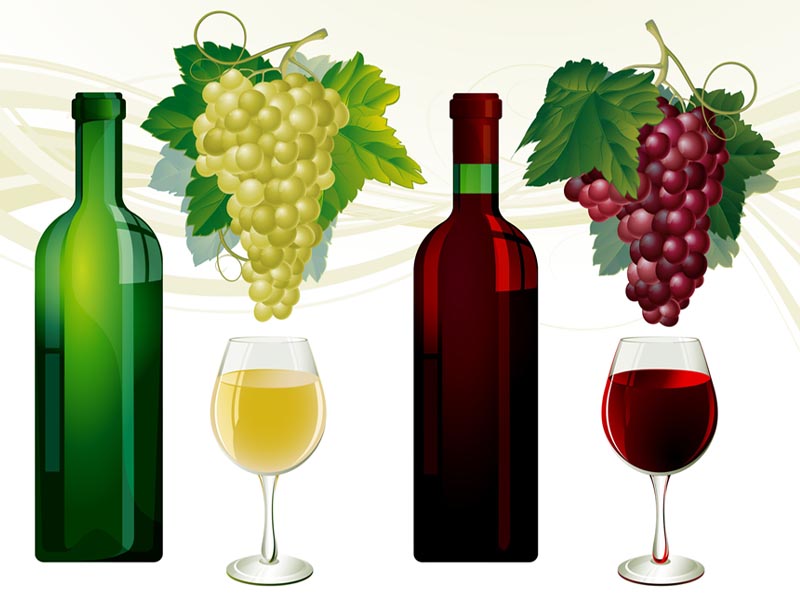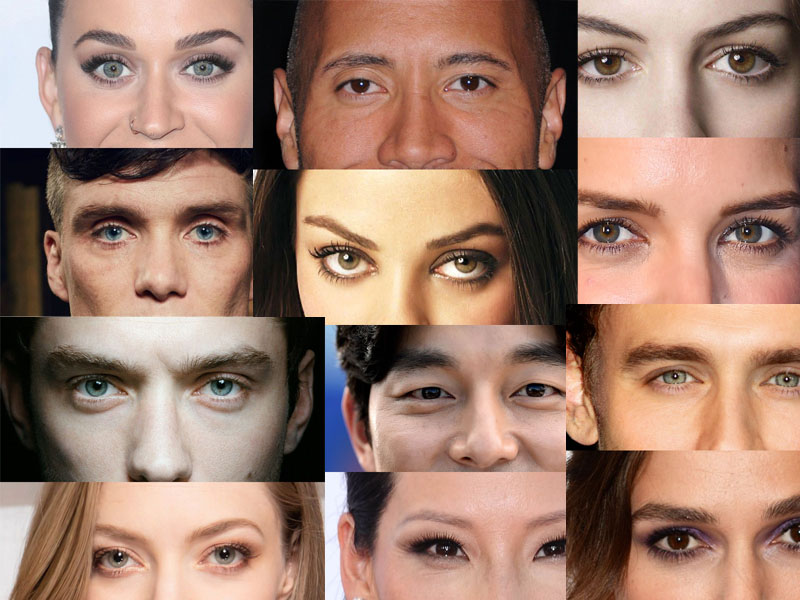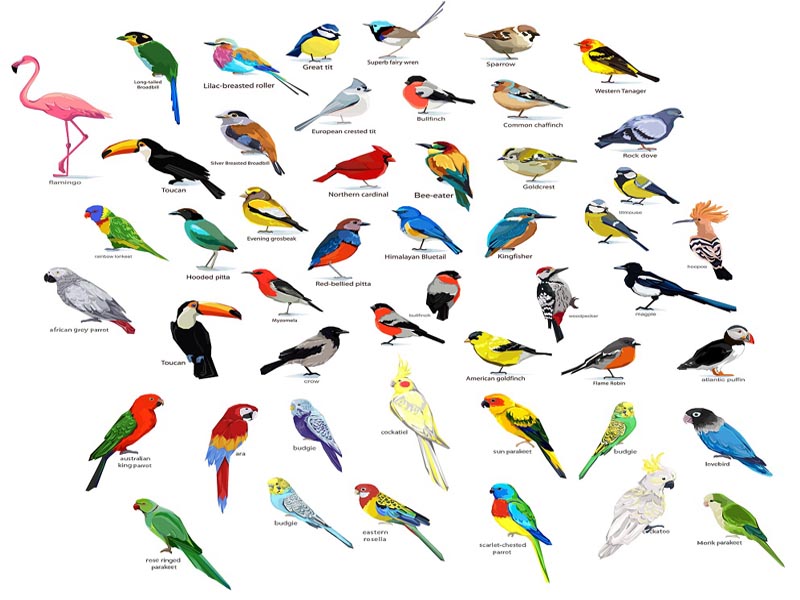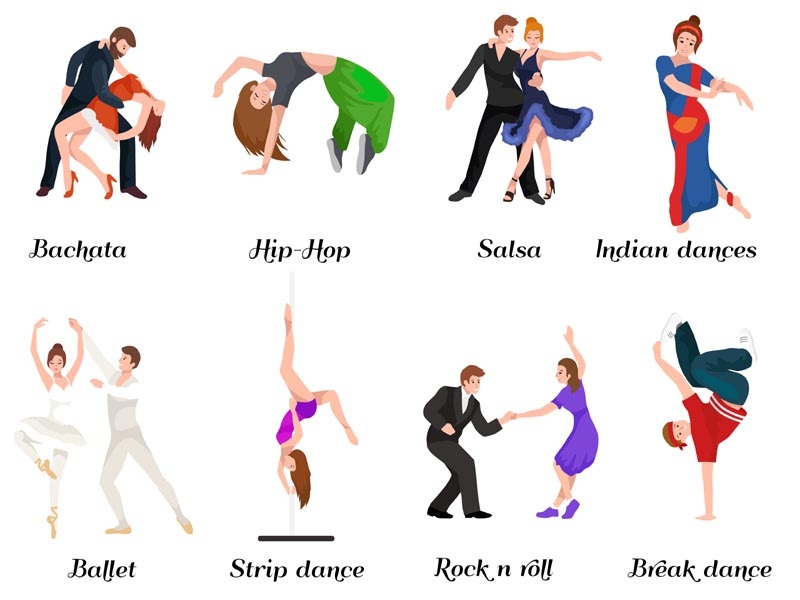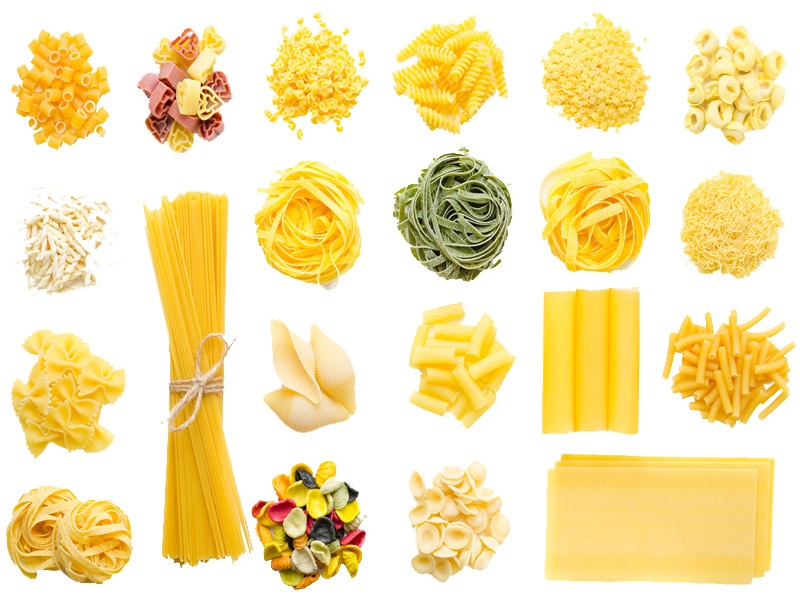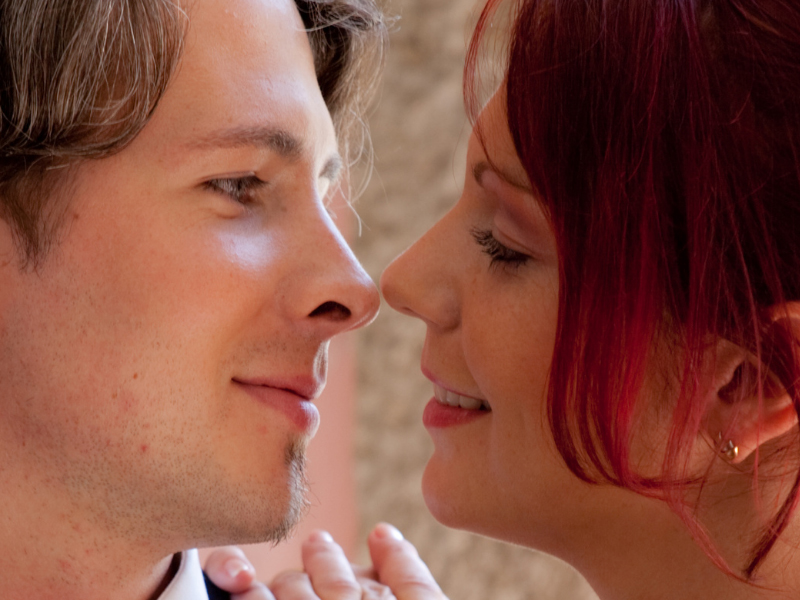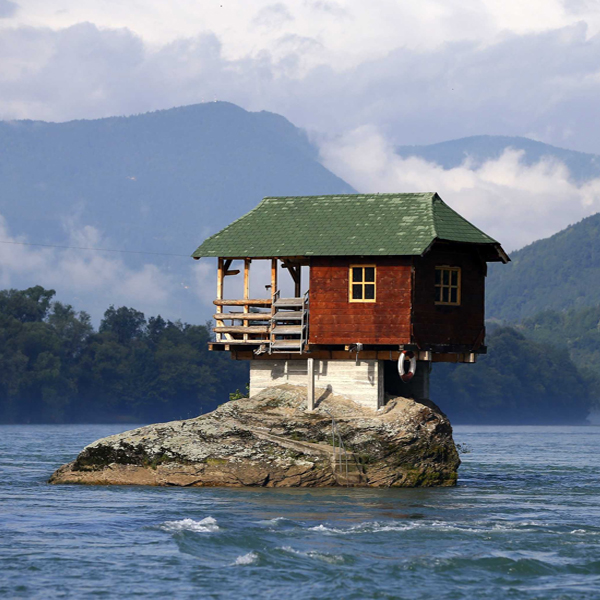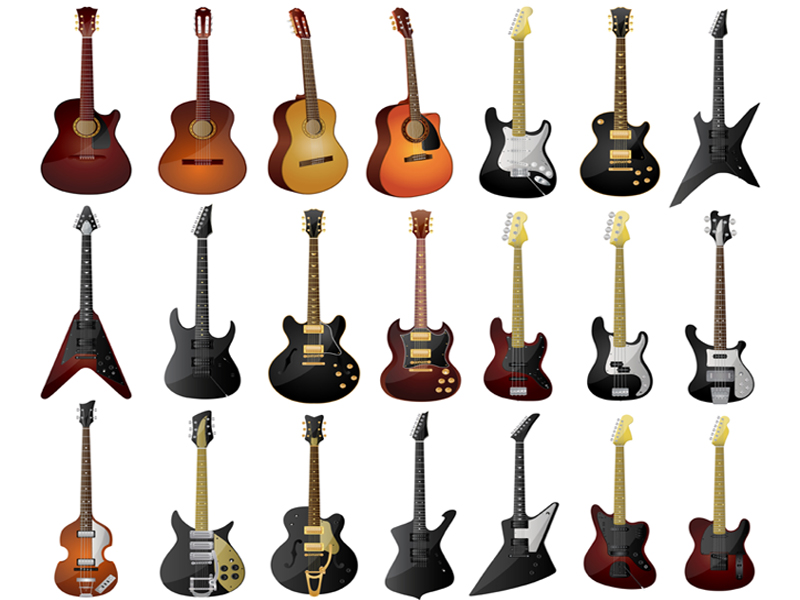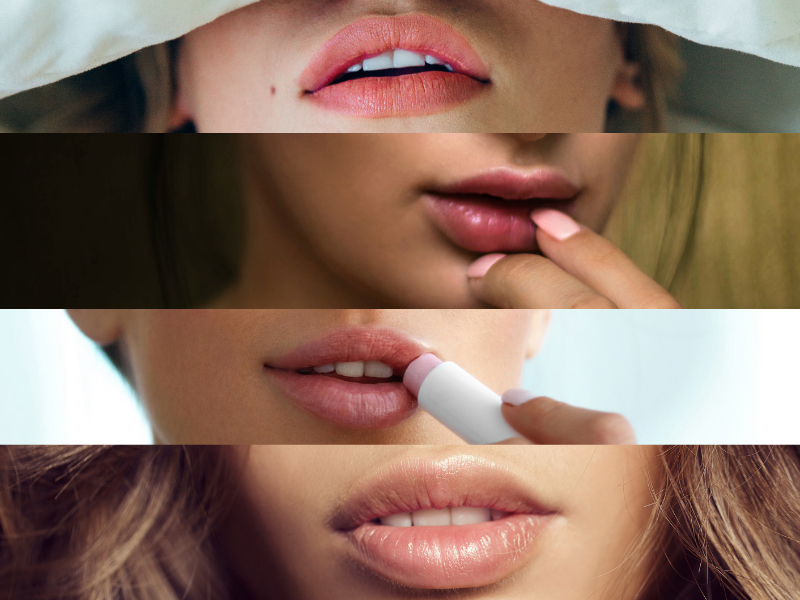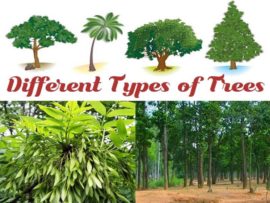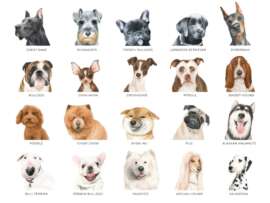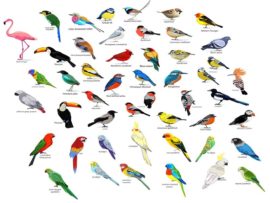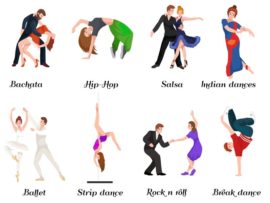Many of us try one or two pegs of Whiskey during special occasions. But have you ever wondered how many types of Whiskey are there? You might get stumped with the sheer number of whiskies available in the market. However, when taken in moderation, Whiskey can be pleasurable. This article will help you navigate through them and help you make the selection easier. Read on to know more!
What is Whiskey? It’s History?
Whiskey or Whisky is a drink distilled from the fermentation of Malt, in its broadest definition. Any grain allowed to germinate, particularly rye or barley, and then dried is called Malt. And molting is the process by which Malt is made.
Scottish records dating from 1494 are the earliest direct account of whiskey making. The distinctive character of the whiskeys produced in each country differ. The differences are due to the production method, the type and texture of cereal grains, and the quality and character of water employed.
If you wonder what’s with the difference of spellings, Whiskey or Whisky, here is why. The word Whiskey is generally used in US and Ireland. Whereas the word Whisky is used in Scotland, Japan, and Canada.
Classification of Whiskey Styles:
Malt and grain are the two basic kinds of Scotch whisky. Malted barley is used to prepare Malt whisky, whereas grains like corn or wheat prepare Grain whisky. Distilled from various or specific grains and aged in barrels while preparing all these types of Whiskey. Whiskey-making goes through different distillation processes depending on what type of Whiskey it is.
While producing Whiskies, each country has its own set of regulations. The foundation of a country’s Whiskey includes traditions, agriculture, and local natural resources in combination with rules. Here are the main five whiskey types:
- Ireland – Irish Whiskey.
- Scotland – Scotch.
- The USA – Bourbon.
- Japan – Japanese Whiskey.
- Canada – Canadian Whiskey.
Different Types of Whiskey with images:
Here is a simple guide that will help you learn about the different types of Whiskey from around the world. Then, go through them to know more.
1. Scotch Whiskey:
Scotch is the types of whiskey drink typically made in Scotland, hence the name. The base mash for a Scotch is malted barley, and producers can also use other cereal grains. The producers can also choose to color if they want. Peat and single Malt are the popular iterations of the spirit. However, the peaty single malt scotch comes to mind for most whiskey drinkers.
There is a wide variation in the production method and taste depending on the producing region – Speyside, Highlands, Islay, Campbeltown, Lowlands. In other words, there are lots of great options because there is no best scotch or singular scotch flavor profile.
- Alcohol by volume(ABV): Minimum 40%.
- Colour: Decadent ambers, Pale golds and yellows to sun-kissed bronzes.
- Flavor: Malty taste.
- Examples: Ardbeg 10-Year-Old, Oban 14 Years, Johnnie Walker Gold Label Reserve, The Macallan Sherry Oak 12 Years.
See More: Different Wine Varieties
2. Single Malt Whiskey:
Native to Scotland, Single malt whiskey is very well defined, though not defined so strictly for American labeling purposes. Single malt whiskey is Scotland’s most famous expert and is made entirely at a single distillery. Therefore, compared to any blended whiskey, single Malt is inherent of much higher quality.
Although you can use malted barley and rye to prepare a Single malt American whiskey, American whiskey makers abide by Scotland’s single malt production restrictions.
- Alcohol by volume(ABV): 60%.
- Colour: Warm amber.
- Flavor: Strong and balanced.
- Examples: Westward American Single Malt Whiskey, Lagavulin 16-Year-Old, Old Pulteney 12-Year-Old.
3. Grain Whiskey:
A whiskey prepared from grains other than malted barley is called Grain whisky. Rye, wheat, and maize are the frequently used grains in preparing Grain whiskey. However, suppose this Whisky is produced in Ireland or Scotland. In that case, it is necessary to include some malted barley which provides enzymes needed for mashing. Some of the perfect examples of grain whiskies are American and Canadian whiskies.
- Alcohol by volume(ABV): 63.5% to 80%.
- Colour: Varying.
- Flavor: Varying.
- Examples: Haig Club Single Grain Scotch Whisky, The Girvan Patent Still Single Grain Scotch Whisky, Teeling Single Grain Irish Whiskey.
4. Blended Whiskey:
As the name suggests, Blended Whiskey is a mixture of other grains, flavors, and colorings. Ideal for cocktails, Blended whiskies keep the spirit at a lower price point by allowing the flavor to come through.
By mixing single malt whiskies and single grain whiskies, you can prepare a blended Scotch Whisky. The quality and flavor of the Whiskey remain the same after time, making it a beneficial aspect of blending.
There must be a minimum of at least 51% straight bourbon, though a blended bourbon can include other spirits and flavorings.
- Alcohol by volume(ABV): 40%.
- Colour: Varies.
- Flavor: Smooth and rich.
- Examples: Canadian Club, Kessler Whiskey, Jameson Irish Whiskey, Canadian Mist, Seagram’s Seven, Hibiki.
5. Irish Whiskey:
Irish Whiskey focuses on malt-based Whiskey and has no interest in peat, so it is famously light and easy to drink. However, Irish Whiskey must have Malt in the mash according to the law of the land in Ireland. Therefore, Malt is an essential component, though you can add other grains.
Bottled Irish Whiskey must have an ABV above 40%, and the production has to be in Northern Ireland or Ireland. Irish Whisky makers deepen the color of the Whiskey in the bottle by using caramel coloring, unlike American whiskeys.
- Alcohol by volume(ABV): 40%.
- Colour: Pale straw to light amber.
- Flavor: Smooth flavor with hints of vanilla.
- Examples: Bushmills 16-Year-Old, Green Spot Irish Whiskey, Tullamore Dew.
6. Japanese Whiskey:
There is much room for creativity in All types of legitimate Japanese whiskies because the rules are more touch and go in Japan, and they share a great deal with scotch whisky. The distillers in Japan blend dozens of grain and malt whiskies soaked in ex-bourbon casks, sherry butts, to extremely rare mizunara oak casks.
The purpose and integrity of Japanese Whiskey are exceptional. Still, there is scope for more unscrupulous producers because of the lack of rules.
- Alcohol by volume(ABV): 25 to 40%.
- Colour: Pale straw gold to rich amber.
- Flavor: Fruity and floral notes.
- Examples: Nikka Coffey Grain, Mars Whisky Iwai 45.
See More: Common Restaurant Categories
7. Corn Whiskey:
Corn Whiskey has a cult following by people obsessed with corn, which is dominated by the cheap mellow corn. However, it is mainly a forgotten category. Corn whiskey goes through the usual production-proof restrictions and is made of at least 80 per cent corn mash. According to the TTB, beyond the standard aging process, corn whiskey cannot be subjected to any manner of additional treatment or charred wood. As a result, only very few distilleries make Corn whiskey.
- Alcohol by volume(ABV): 40%.
- Colour: Clear or brown.
- Flavor: Sweet.
- Examples: Balcones Baby Blue, Mellow Corn.
8. Wheat Whiskey:
Wheat whiskey is subjected to the same production-proof thresholds as Bourbon, rye, and most American whiskeys. Therefore, it must use charred new oak barrels to mature Wheat whiskey. Although it is less popular than rye or Bourbon, Wheat whiskey is created from a mash of at least 51% wheat. The wheat brings soft sweetness and floral notes to your Whiskey, which works opposite to rye.
- Alcohol by volume(ABV): 45%.
- Colour: Amber.
- Flavor: dried berries, honey, vanilla, spice, and toffee flavors.
- Examples: Woodford Reserve Wheat Whiskey, Bernheim Straight Wheat Whiskey.
9. Canadian Whiskey:
Canadian Whiskey uses rye and corn as primary ingredients, which gives the drink the grain’s feathery, harmonious flavor profiles. As a result, Canadian Whisky is considered the vanilla ice cream of the Whisky world. However, it has a bit more wiggle room compared to other designations.
Producers can mix any cereal grains they wish and the coloring and added flavors. The use of rye, corn, wheat, and malt whiskeys combined are blended to form a Canadian whiskey. It creates a pleasant and light drinking experience because it is bottled at lower proof points.
- Alcohol by volume(ABV): 40%.
- Colour: Light to dark amber.
- Flavor: Slightly bland, sweet, and light.
- Examples: Canadian Club 100% Rye, JP Wiser’s 18-Year-Old Blended, Forty Creek Confederation Oak.
10. Indian Whiskey:
Whiskey produced in India is made from molasses that are very sweet and thick rather than malted grains. The production process of Scotch is similar to Indian Whiskey, except for bigger angel’s share because of temperature difference.
The Malt is Scotland is younger because one-year maturation in India is similar to three years in Scotland. Compared to other country’s Malt, Indian whiskies tend to have a fruitier flavor. Pineapple, bananas, and mangoes are fruits you don’t get in Scotland and abound in Indian Malt.
- Alcohol by volume(ABV): 50%.
- Colour: Amber to brown.
- Flavor: Fruity.
- Examples: McDowell’s, Imperial Blue, Royal Stag, Officer’s Choice.
American Whiskey Styles:
Here is the list of different American-style Whiskeys that are popular globally. Let us know more about them:
11. Bourbon:
A whiskey made from a mash of at least 51 per cent corn is Bourbon and is the largest American whiskey category. This types of Whiskey can appease a wide range of preferences and tastes. Bourbon must not exceed 80% ABV in the mash and must be charred new oak, and should not enter maturation barrels.
Bourbon offers more variation and choice and is considered excellent value for money than any other types of whiskey category. No additives except water should be added to Bourbon during the distillation process. They must be aged in charred new oak barrels for at least two years to be called straight Bourbon.
- Alcohol by volume(ABV): 80%.
- Colour: Depends on the color of the barrel.
- Flavor: Vanilla, oak, and caramel.
- Examples: Evan William Black Label, Four Roses Bourbon, Knob Creek Small Batch 9-Year.
12. Rye Whiskey:
Rye whiskey uses atleast 51% of rye, hence the name, and has the same production proofing rules as Bourbon. It is aged below 62.5% ABV and mashed below 80%ABV. As a result, rye whiskey is known to reach peak maturity quicker than other whiskeys and is relatively affordable. The splash of flavor with a peppery bite that washes the palate with every sip is the distinguishing feature of Rye whiskey. The hint of the signature sting varies for every brand.
- Alcohol by volume(ABV): Minimum 40%.
- Colour: Rich amber.
- Flavor: Peppery bite.
- Examples: Old Forester Rye, Sagamore Spirit Rye, Rittenhouse Rye, Wild Turkey Rare Breed Rye
13. Tennessee Whiskey:
Tennesse Whiskey is a location-based whiskey style and not a legally defined style of Whiskey. Tennesse whiskey is nothing but Bourbon, with one additional step called the Lincoln County process. The extra step helps smoothen the rough edges of the distillate by running through charcoal filters or chips before entering maturation barrels. The preparation of Tennesse whiskey includes 51 to 79% corn and wheat, barley, and rye fillings.
- Alcohol by volume(ABV): Minumum 40%.
- Colour: Light brown to rich amber.
- Flavor:
- Examples: George Dickel Bottled-in-Bond, Jack Daniel’s Single Barrel Barrel Proof.
Best Selling Whisky Types In The World & India:
Here is the list of the leading Whiskey brands based on sales volume
- McDowell’s No.1
- Imperial Blue.
- Officer’s Choice.
- Royal Stag.
- Jonnie Walker.
- Jack Daniel’s
- Jim Beam.
- Haywards Fine.
- 8PM.
- Crown Royal.
- Jameson.
The top 10 best-selling whiskey brands in India are:
- Dewars 18.
- Black Dog Reserve.
- Glenkinchie 12.
- Glenmorangie 10-year Original.
- Glenfiddich 12.
- The Glenlivet.
- Ballantine’s 12-year.
- Talisker 10.
- Jack Daniel’s old no.7.
- Jim Beam Bourbon Black.
Interesting Facts About Whiskeys:
Here are some facts about Whiskey you might find interesting:
- When compared to people, Scotland has more whiskey casks. The ratio is four whiskey barrels to every person living in Scotland. That is legitimately 4:1.
- The inventor of Irish Whisky, John Jameson, was Scottish.
- Though there might be differences between brands, about 66 calories less than a banana in a 30 ml pour of Scotch.
- Single malt whiskey might go through several casks in their lifetime. However, many believe that it is a product of a single barrel.
- Malt whiskey was created first in 1494, and Grain whiskey was first made in 1830.
- The color of the Whiskey comes from the casks. Therefore, Whiskey is colorless before it matures.
- Rachel Barrie is the first-ever woman to become a master blender (Currently with Brown-Forman). This process did the groundwork for other women to enter the field.
- Though a closed bottle of Whiskey has an unreal shelf life, once bottled, it stops aging.
- About 2,000 whiskies are nosed in a week and taste about four by the master blenders.
See More: Popular Beer Varieties and Brands
Whiskey has been a part of many special occasions, and it is best to know what it is all about. With all the information regarding the types of Whiskey presented in this article, we hope you have increased your knowledge. Don’t forget to let us know if you found this article helpful!
FAQ:
1. What Are The World’s Most Expensive Whiskey Brands?
Here are some of the most expensive whiskey brands in the world.
- Springbank 1919 – $78,000.
- Glenfiddich Janet Sheed Roberts Reserve 1955 – $94,000.
- Dalmore 64 Trinitas – $160,000.
- Dalmore 62 – $250,000.
- The Macallan 64 in Lalique Cire Perdue – $464,000.
- The Macallan M – $628,205.
- Isabella’s Islay – $6,200,000.
2. Which Is The World’s Largest Bottle Of Whiskey?
105.3-liter bottle of 14-year-old Tomintoul is the world’s largest single malt whiskey bottle. It was auctioned for £15,000 (nearly 14 lac) in December last year.
3. Which Is The Most Expensive Whiskey In The World?
The Macallan Fine and Rare 60-Year-Old 1926 is the most expensive Whiskey in the world. In October 2019, these were auctioned off for $1.9 million (14.5 crores).
4. Which Type Of Whiskey Glass Is Good?
The standard choice for serving whiskey drinks is an old-fashioned glass, i.e., whiskey tumbler or rocks glass.
5. Which Is The Oldest Whiskey Bottled And Released?
The oldest Whiskey ever bottled and released is the Gordon & MacPhail Generations, 80-years old from Glenlivet Distillery.
Disclaimer: The information provided in the article is based on research and for informational and educational purposes. The website is not responsible for the authenticity and accuracy of the information.


